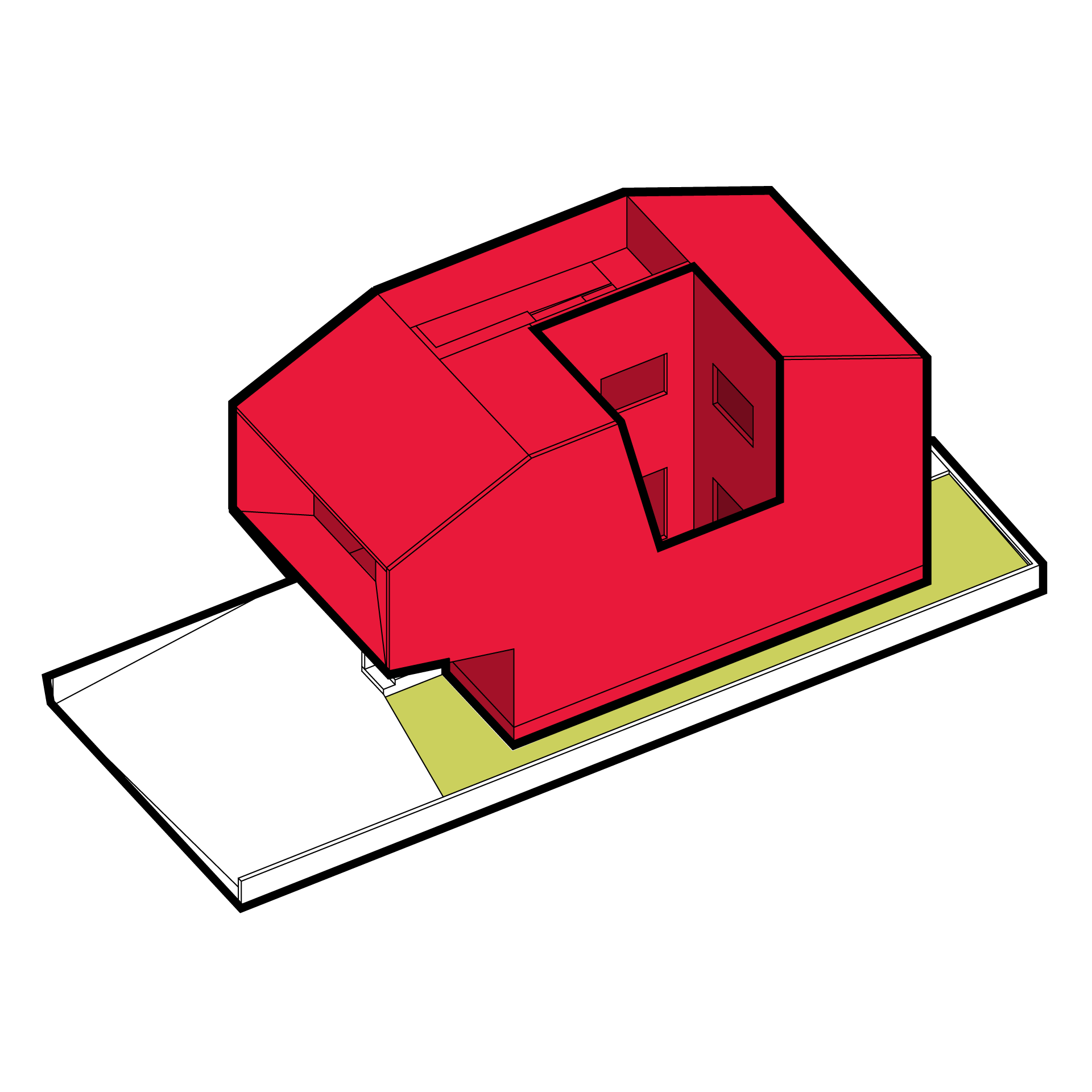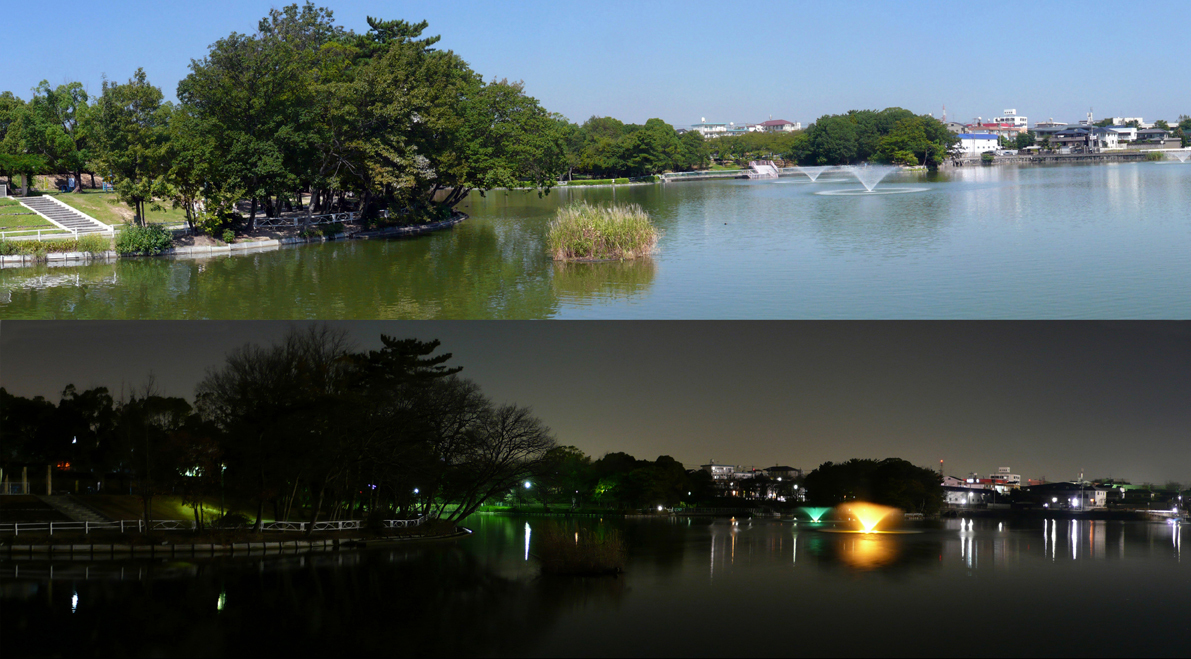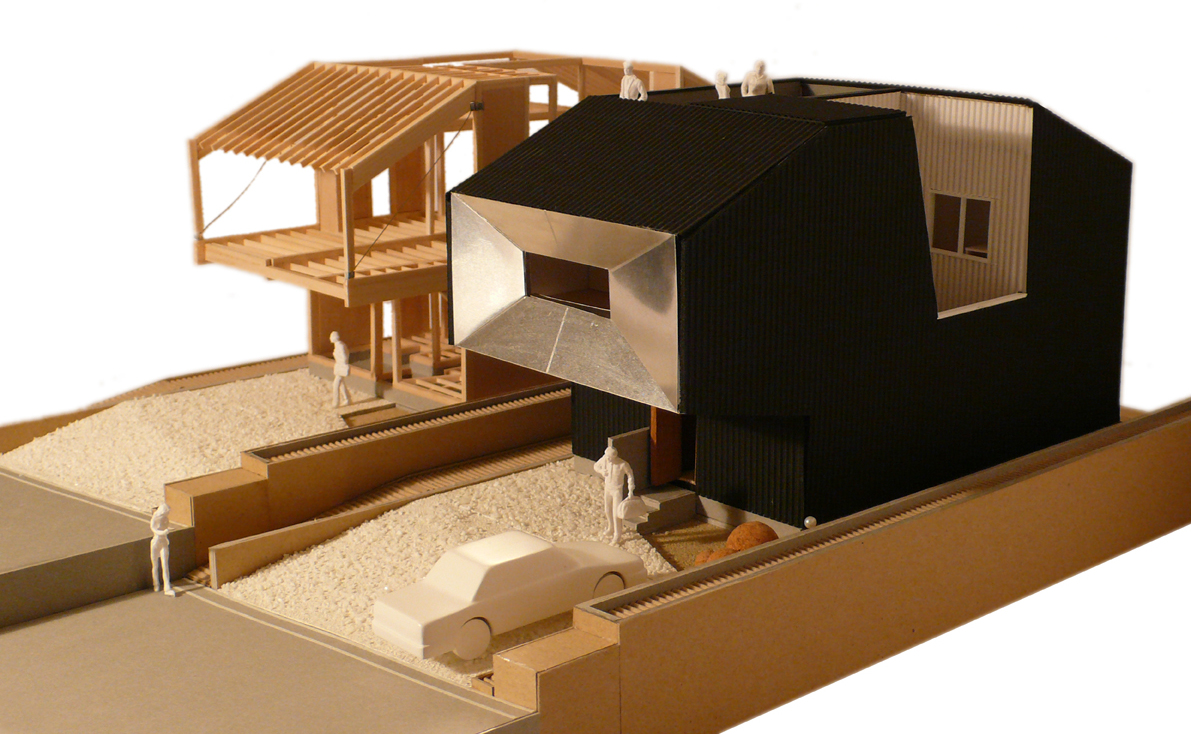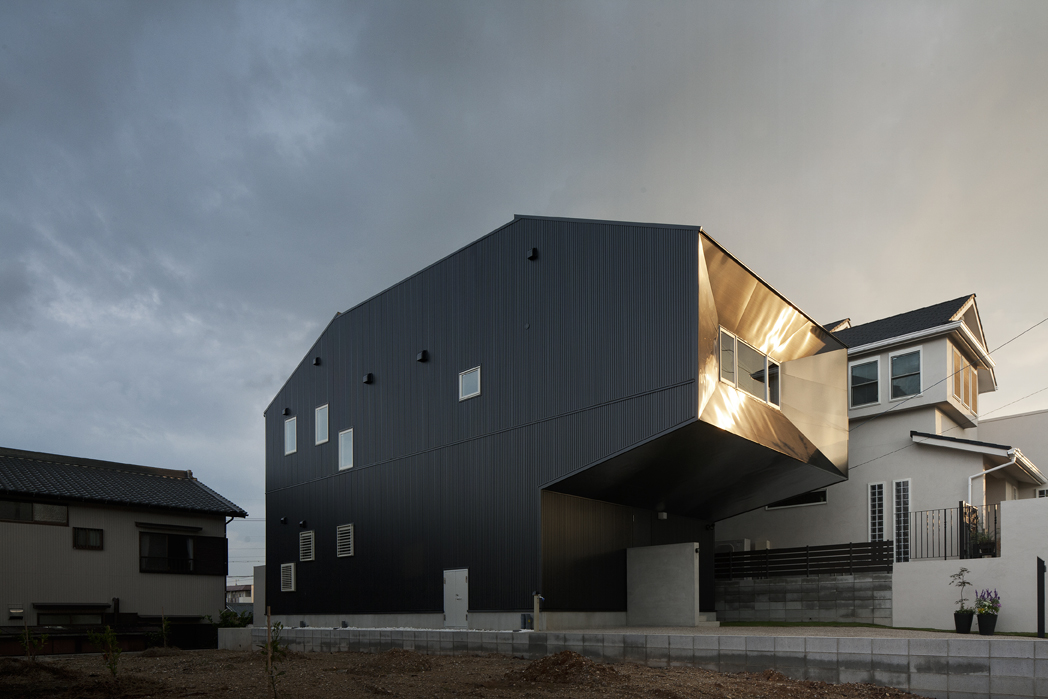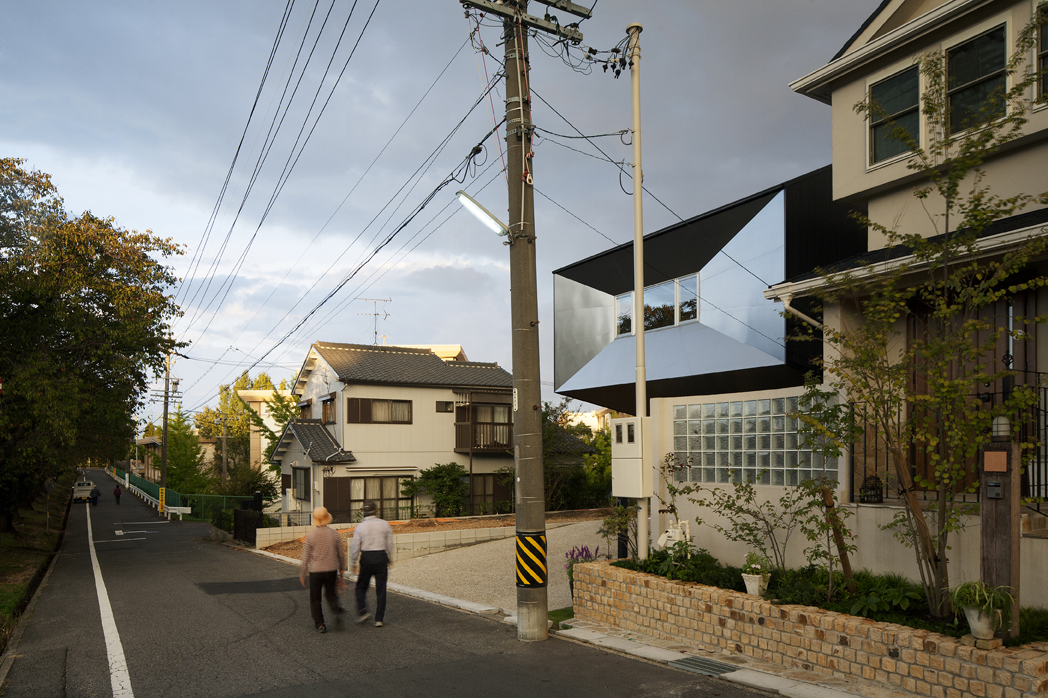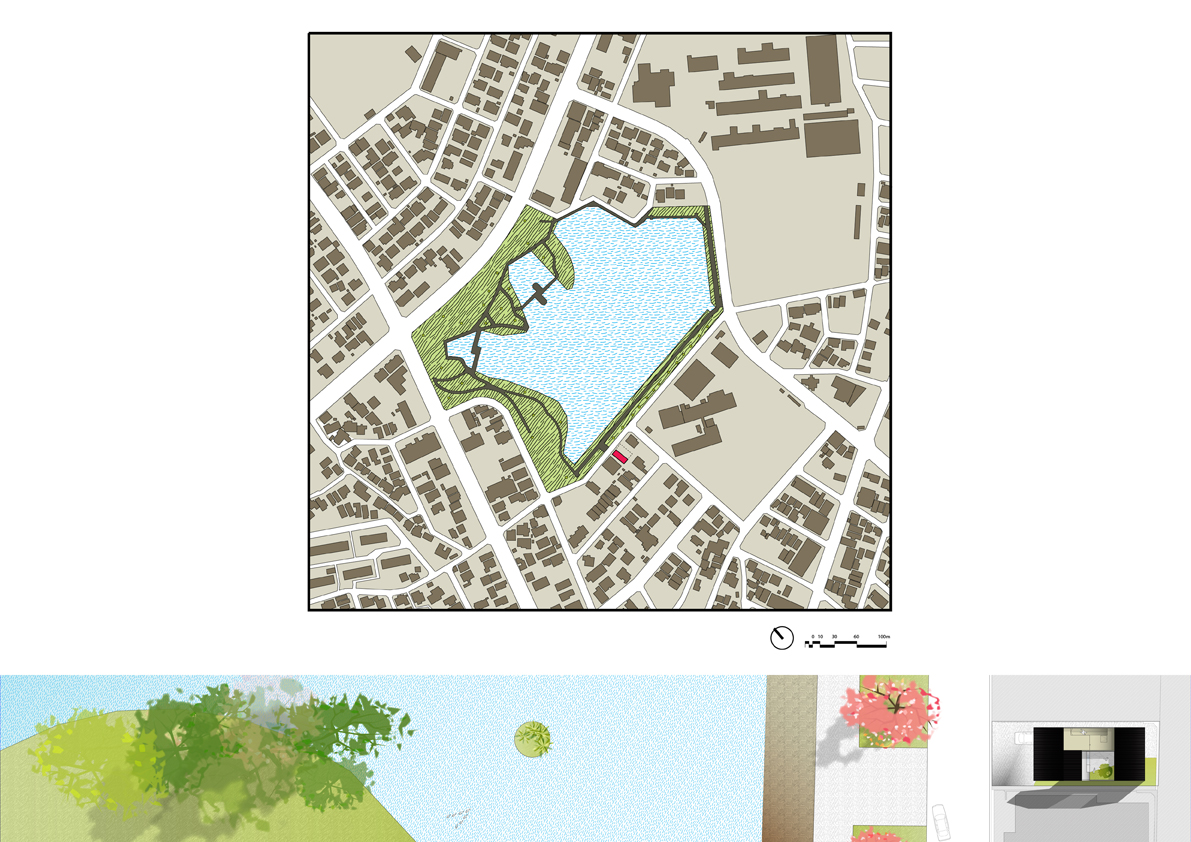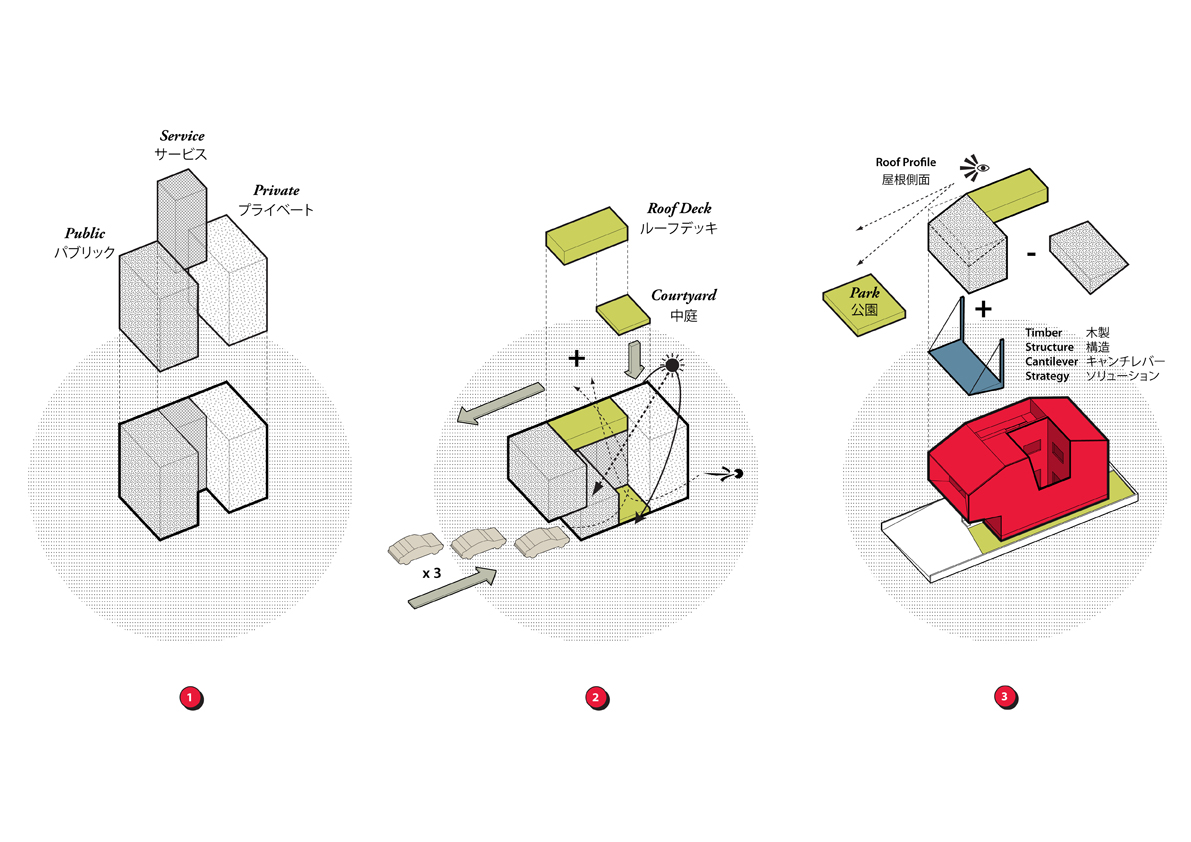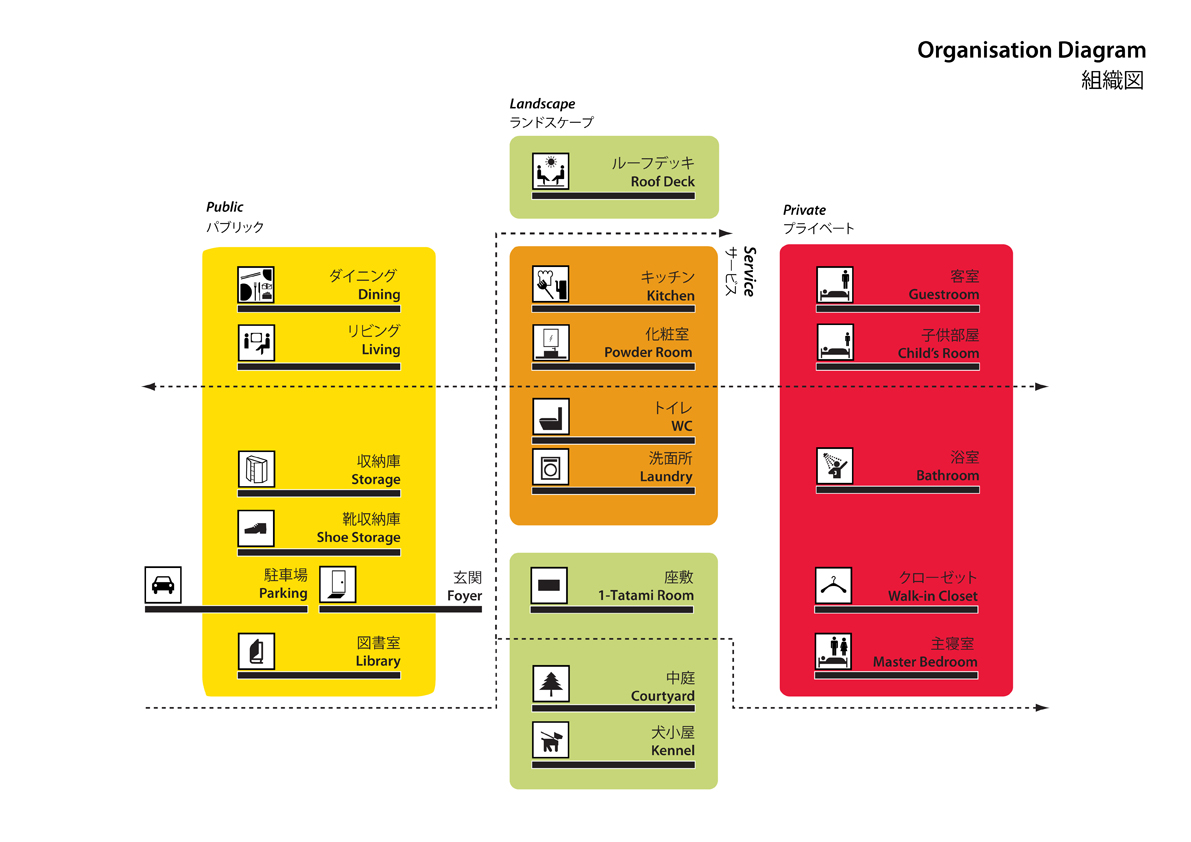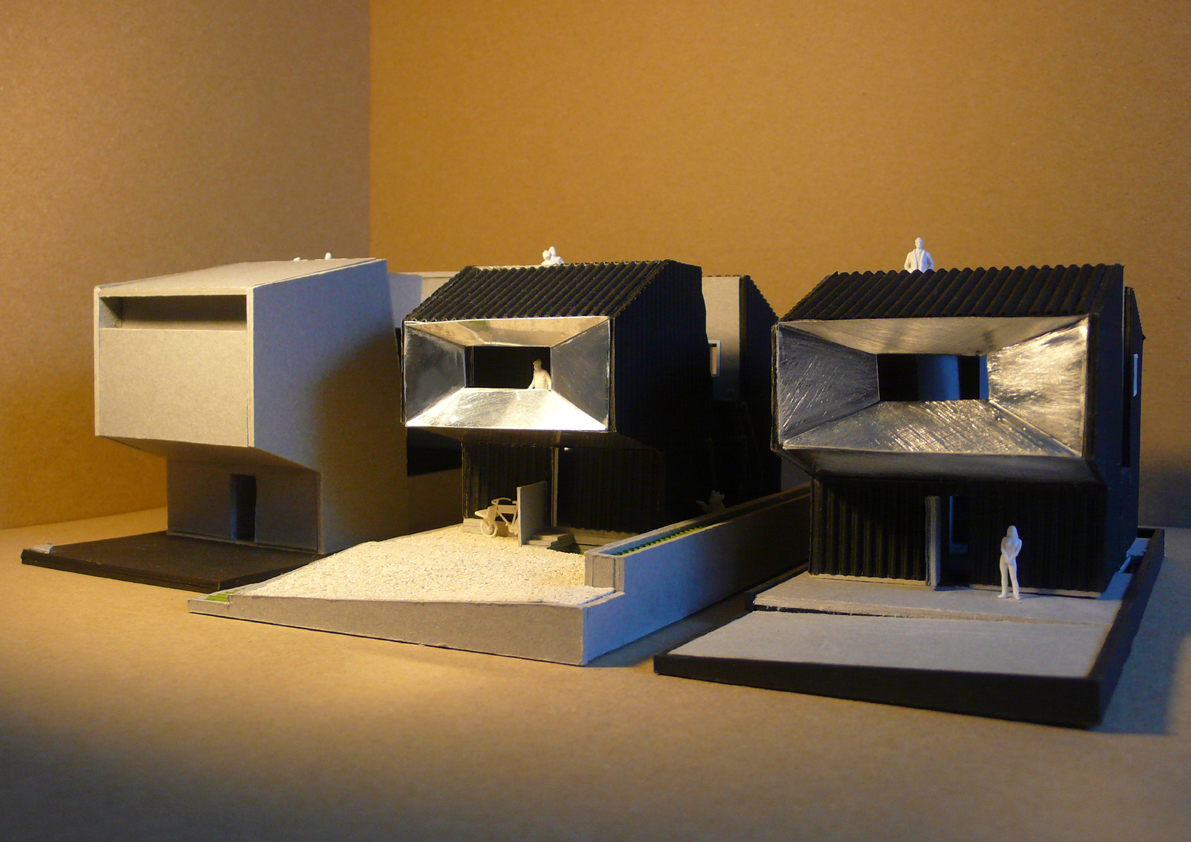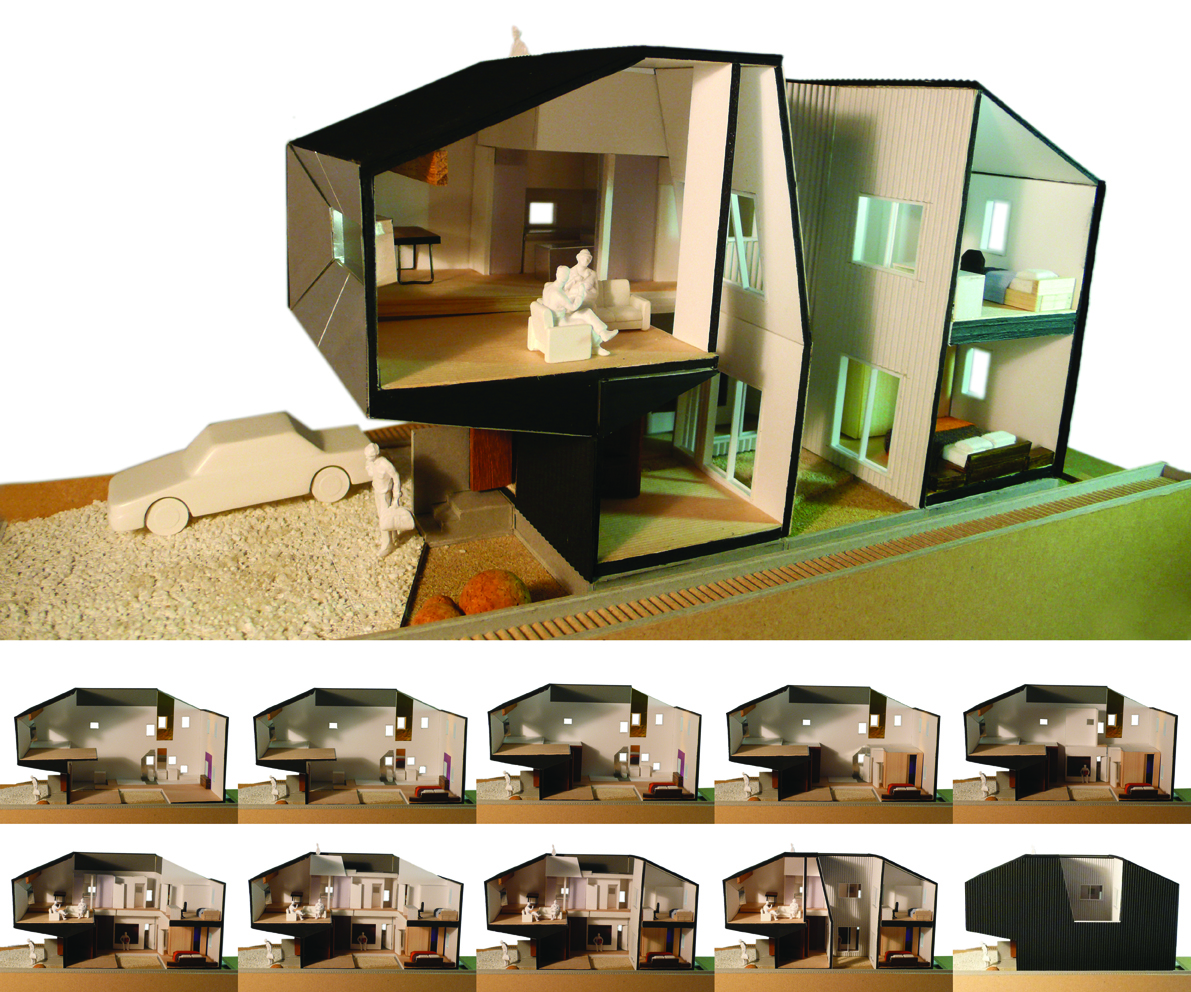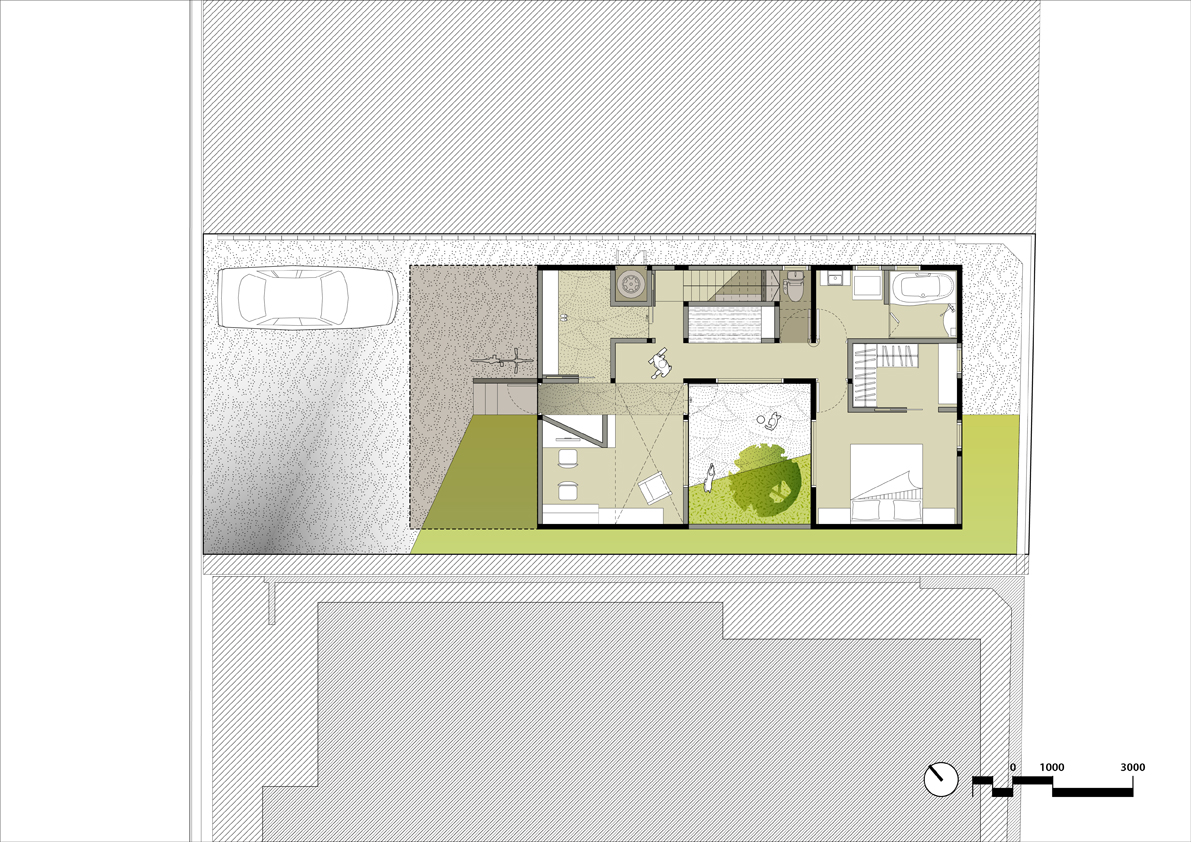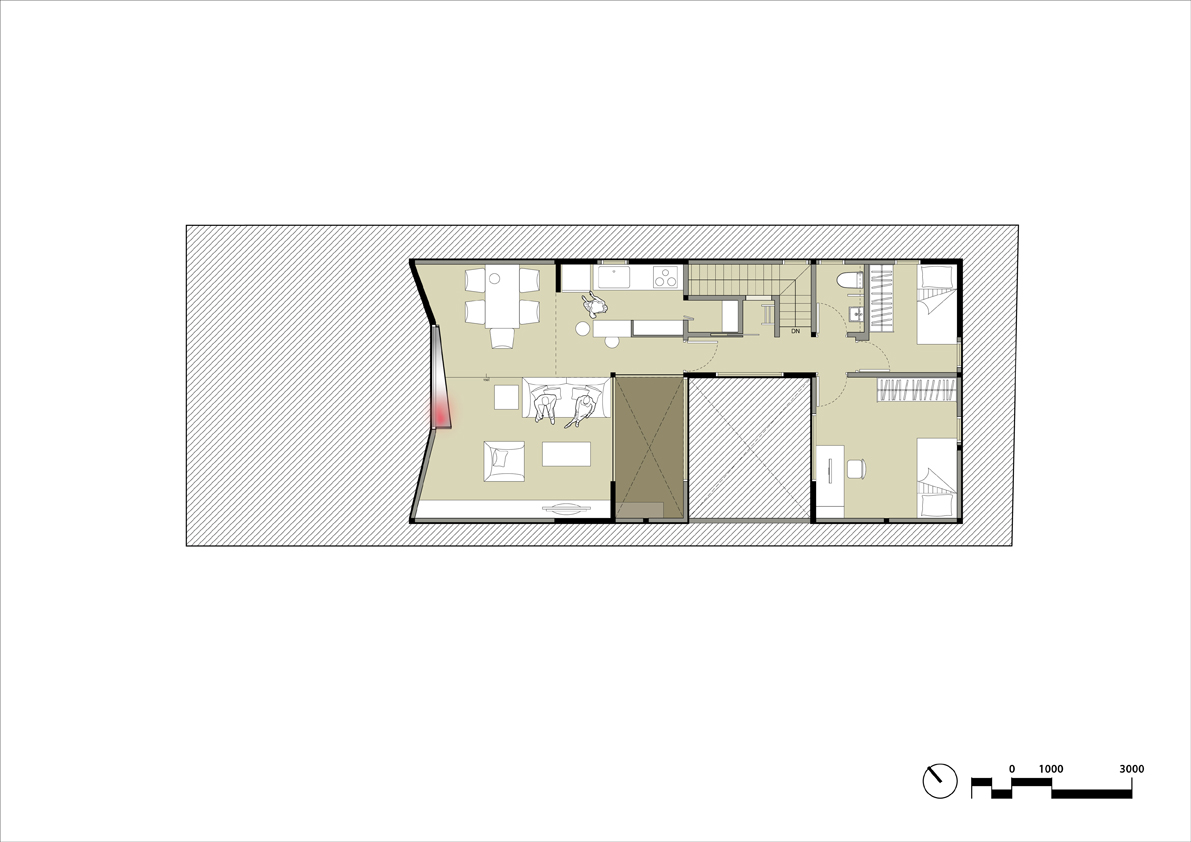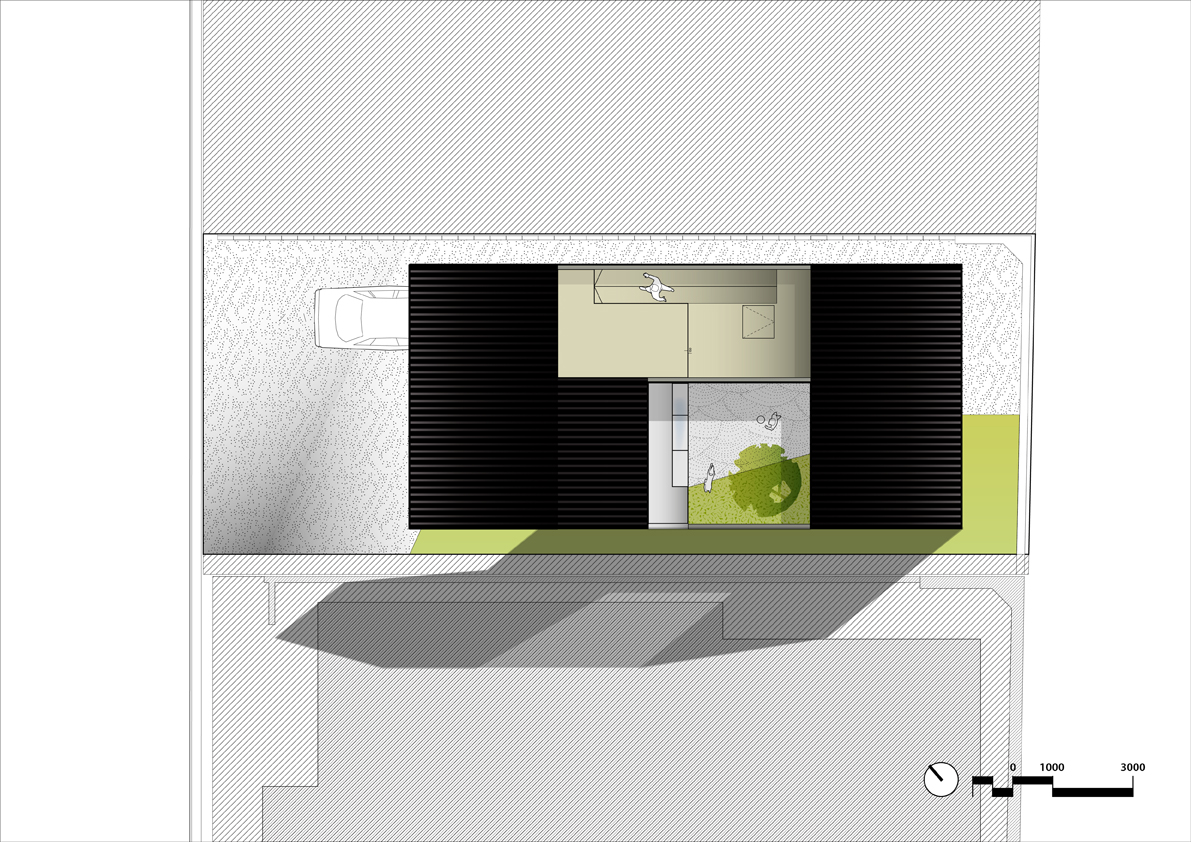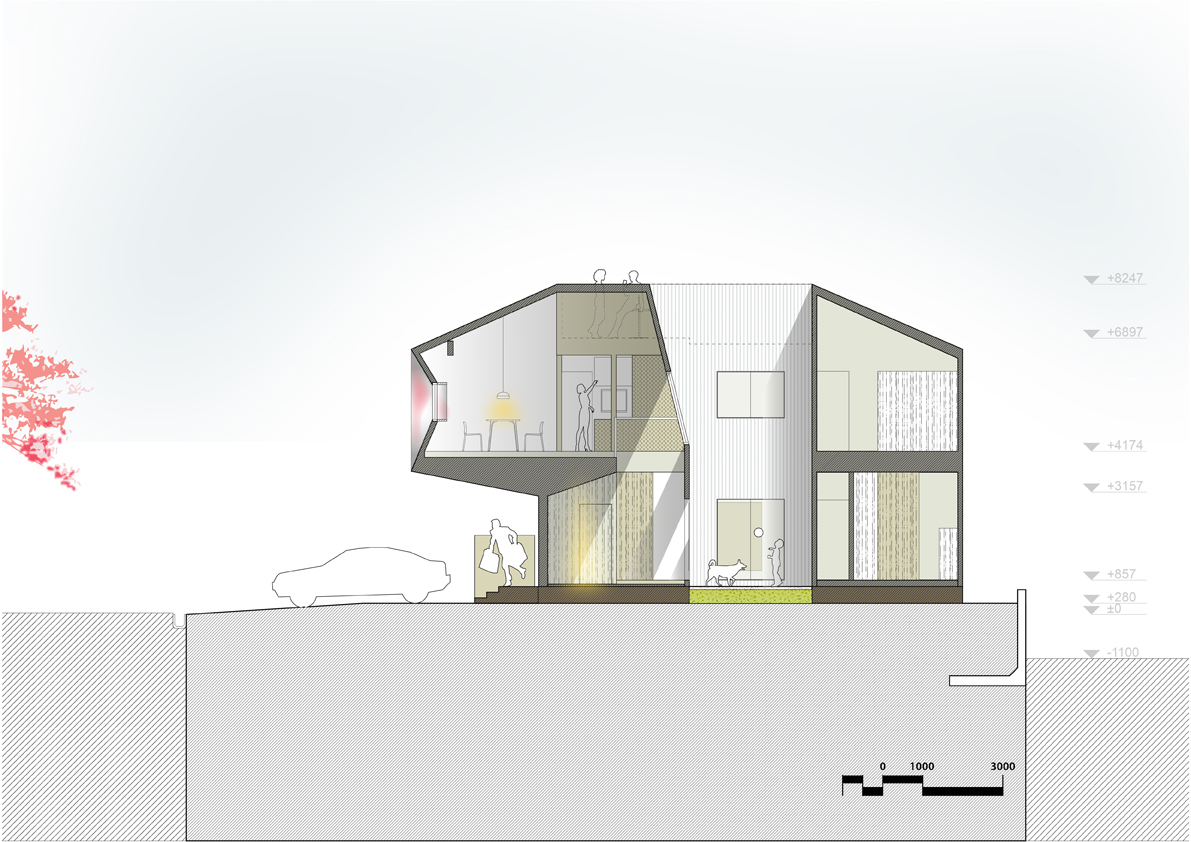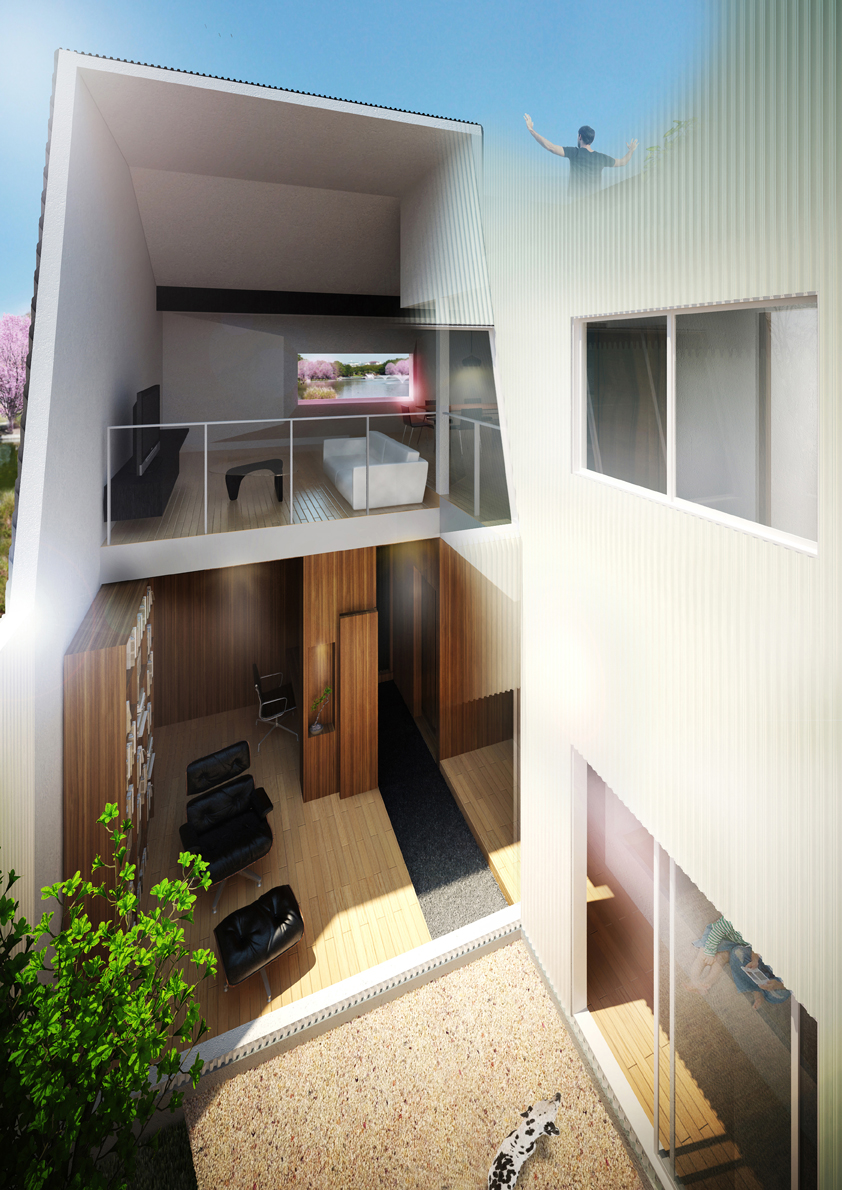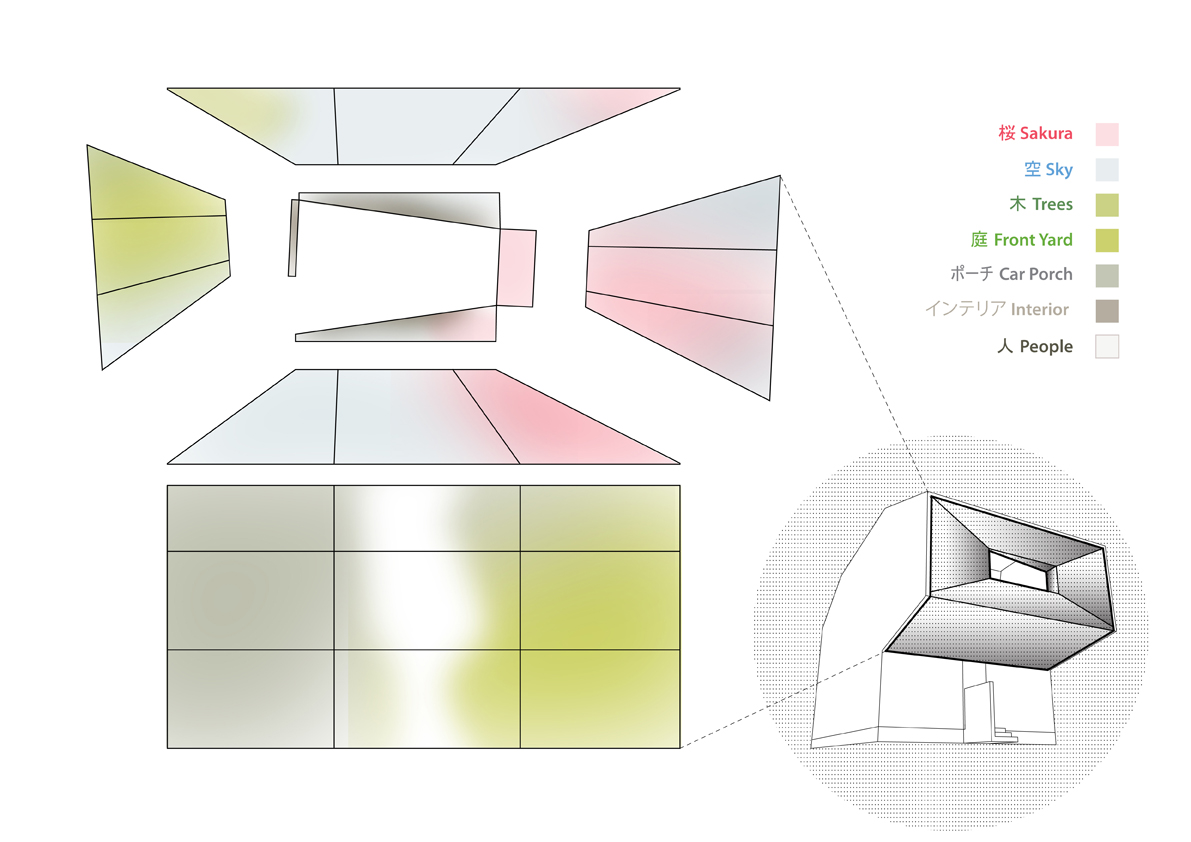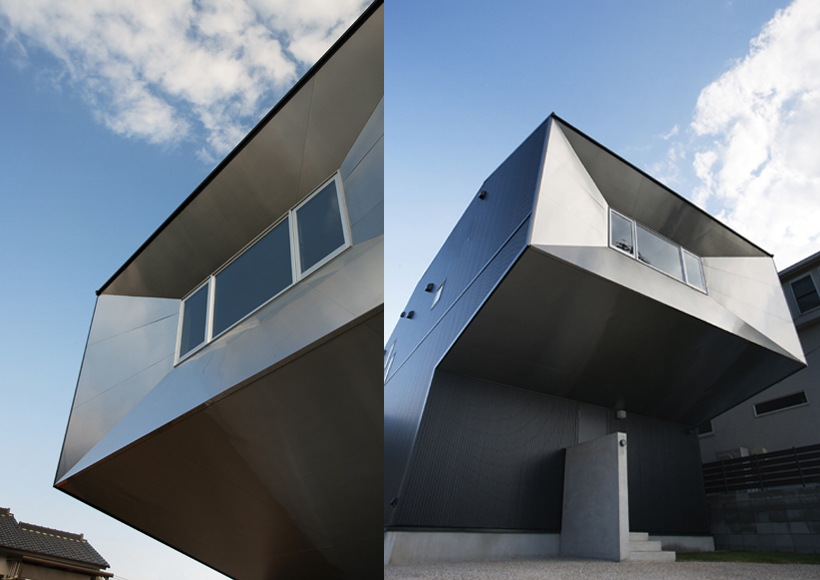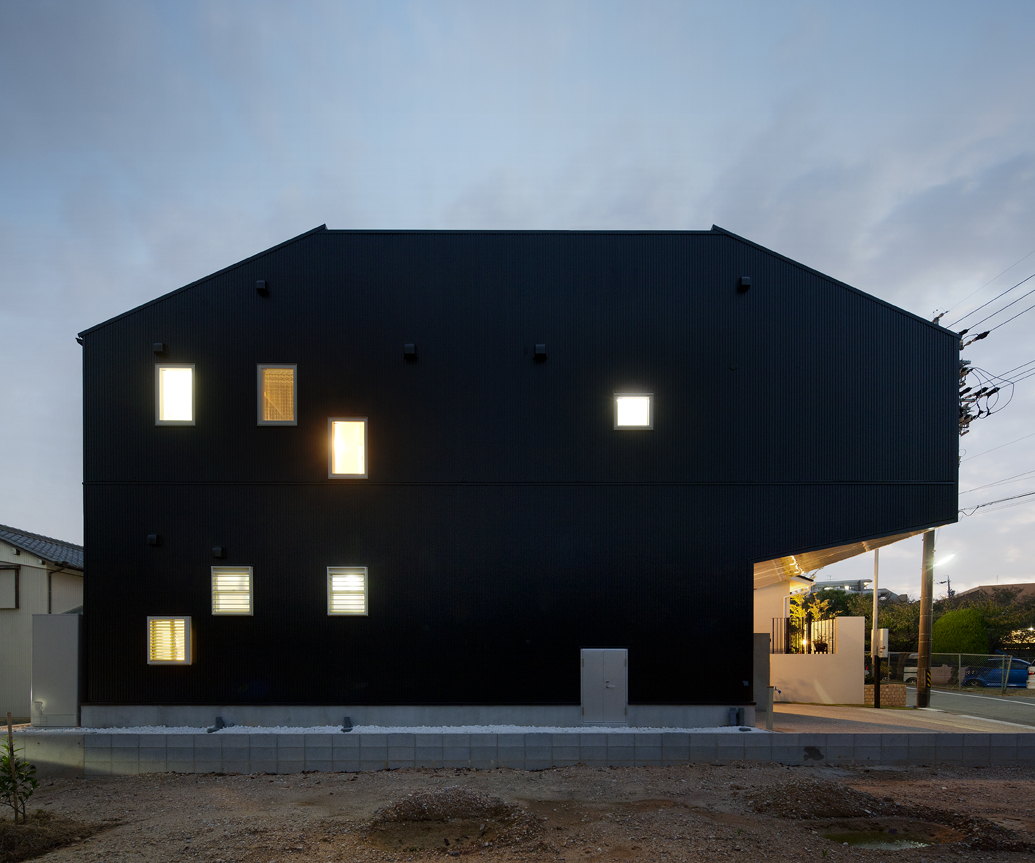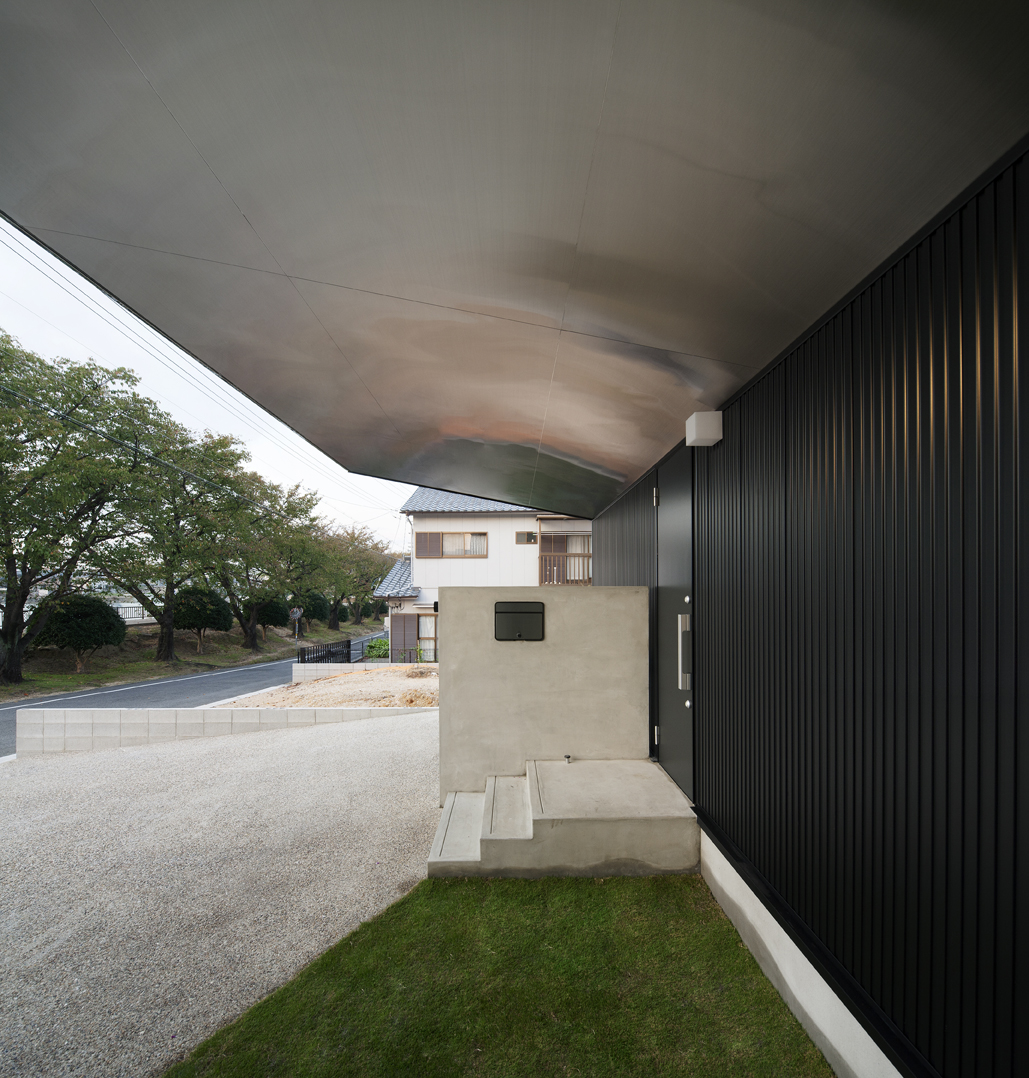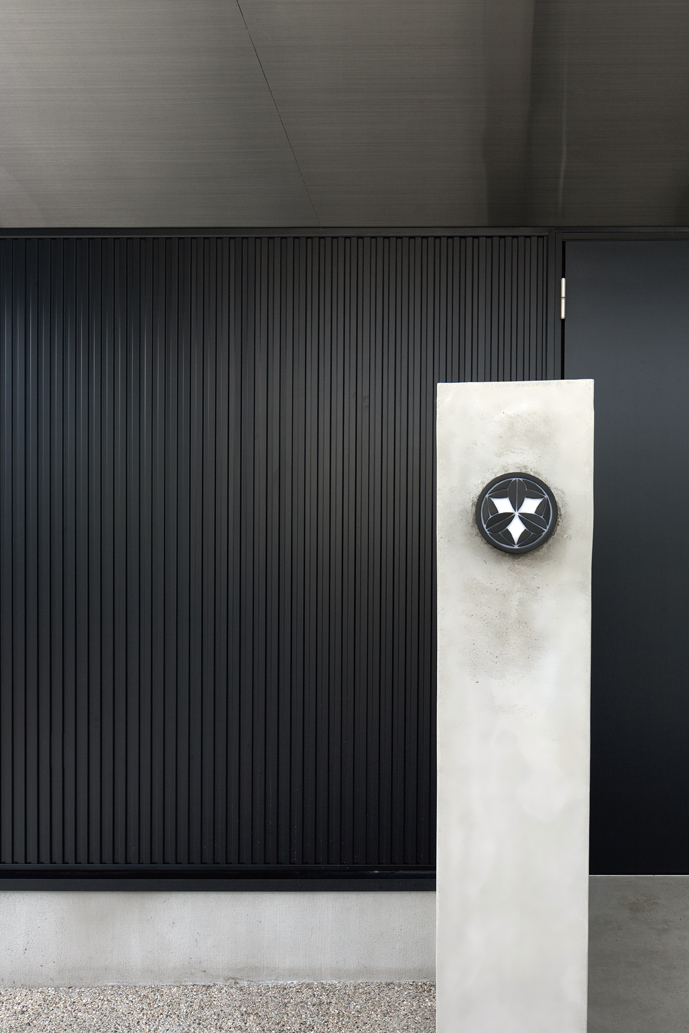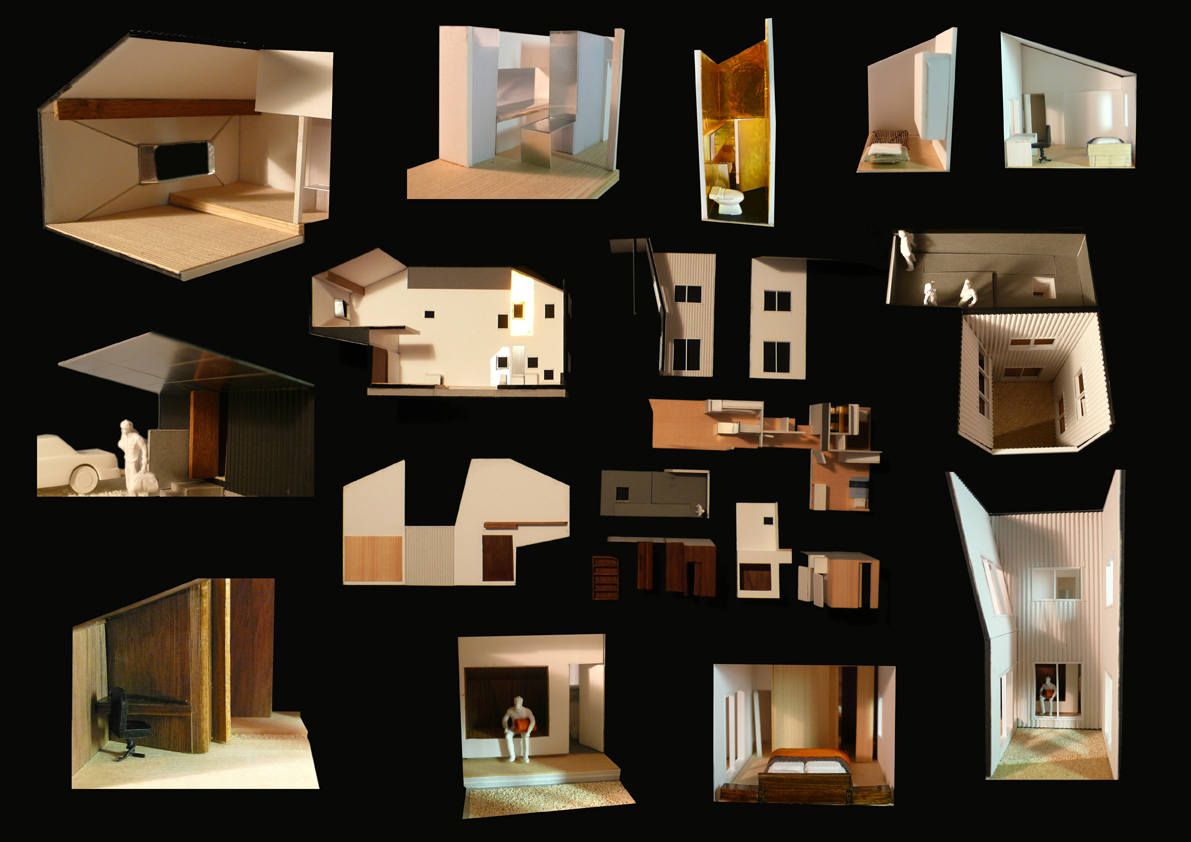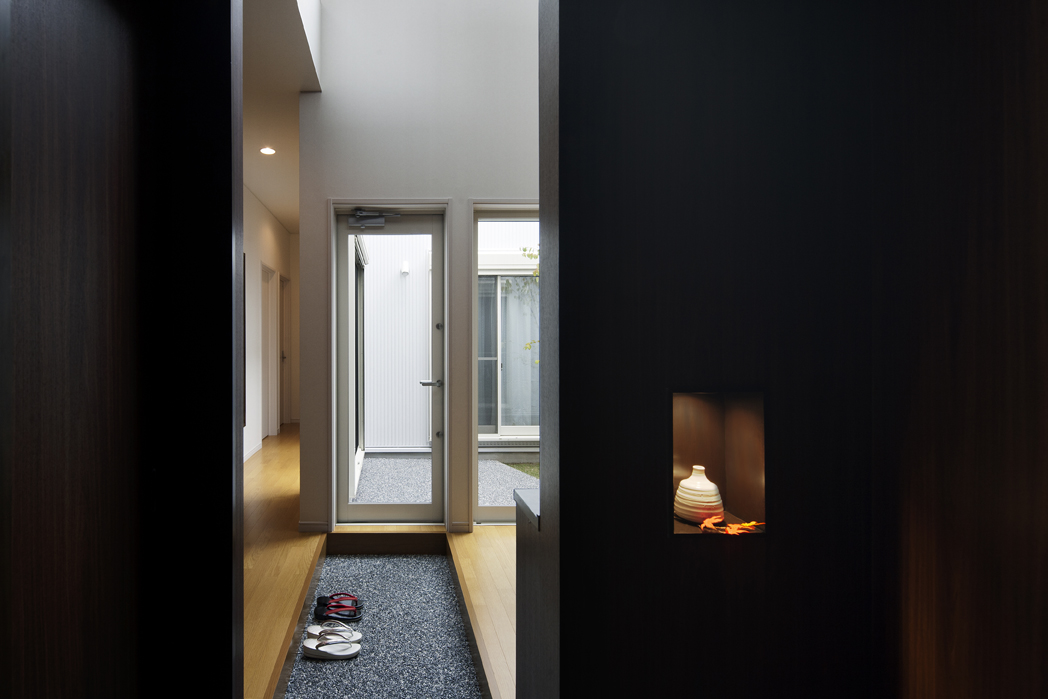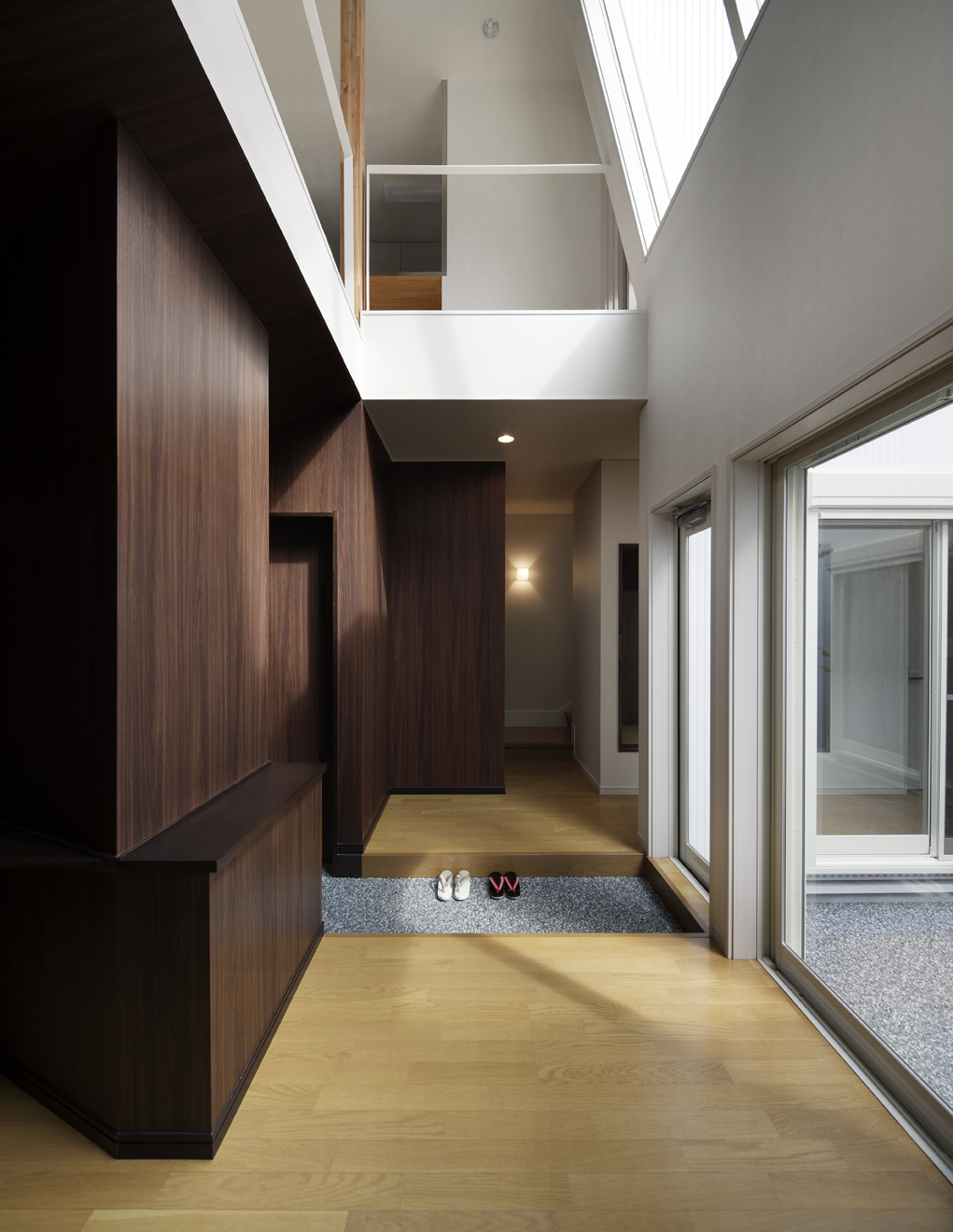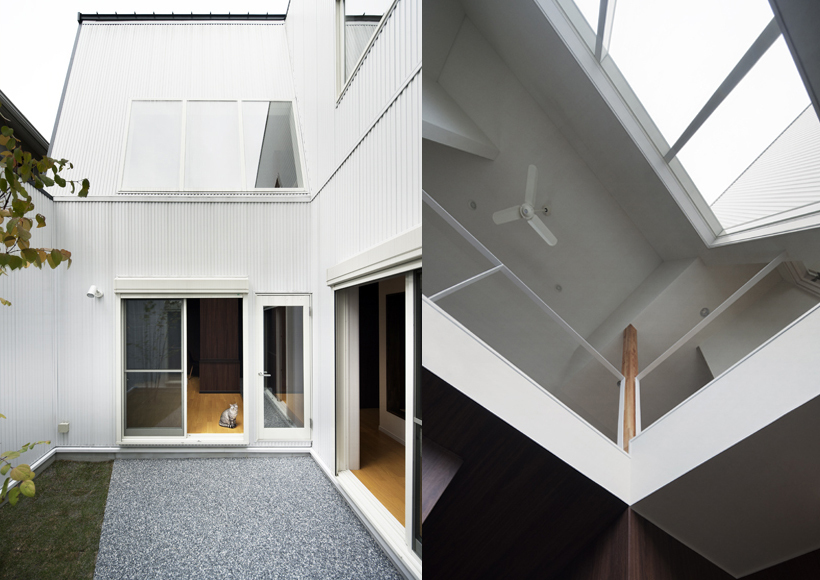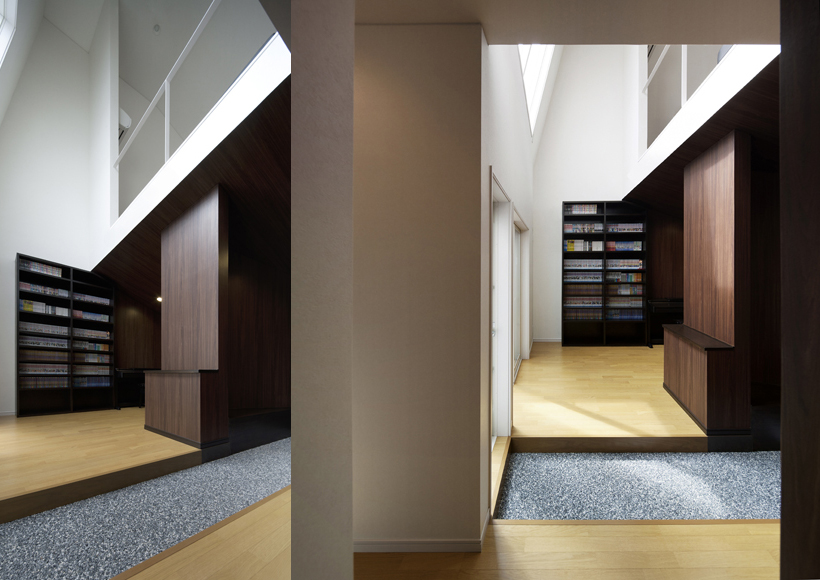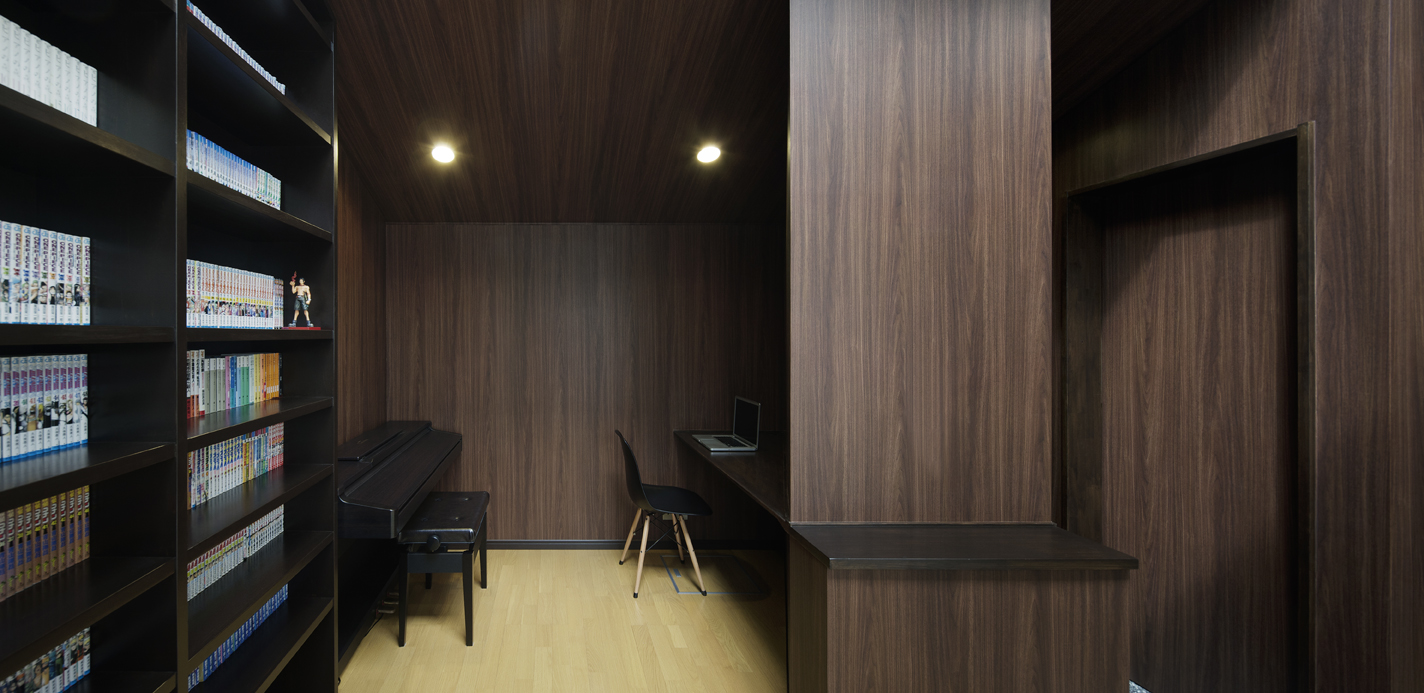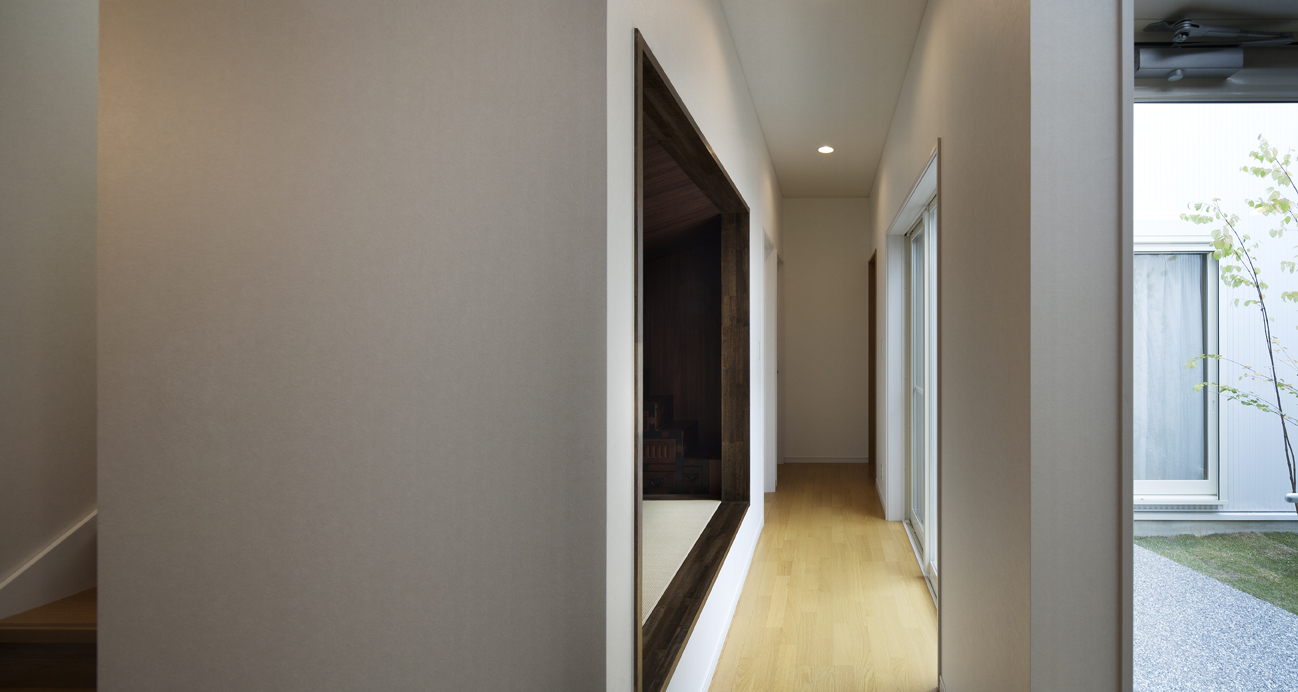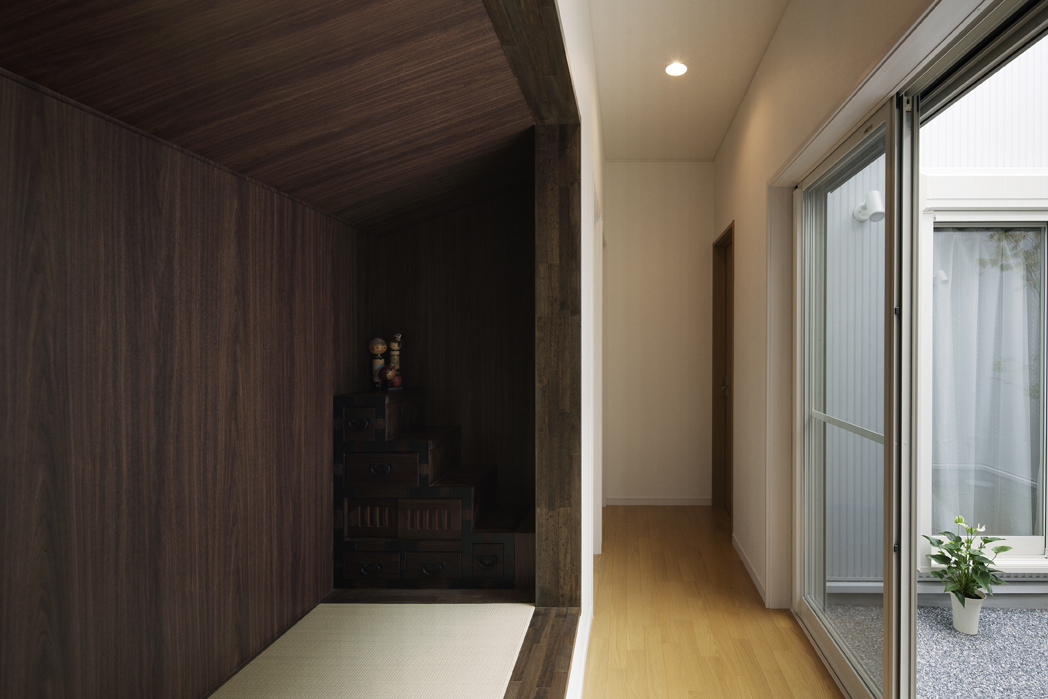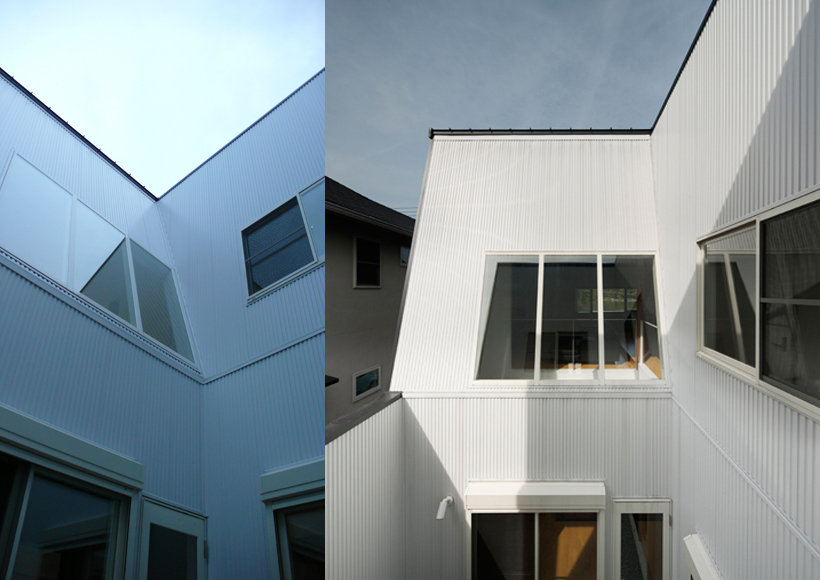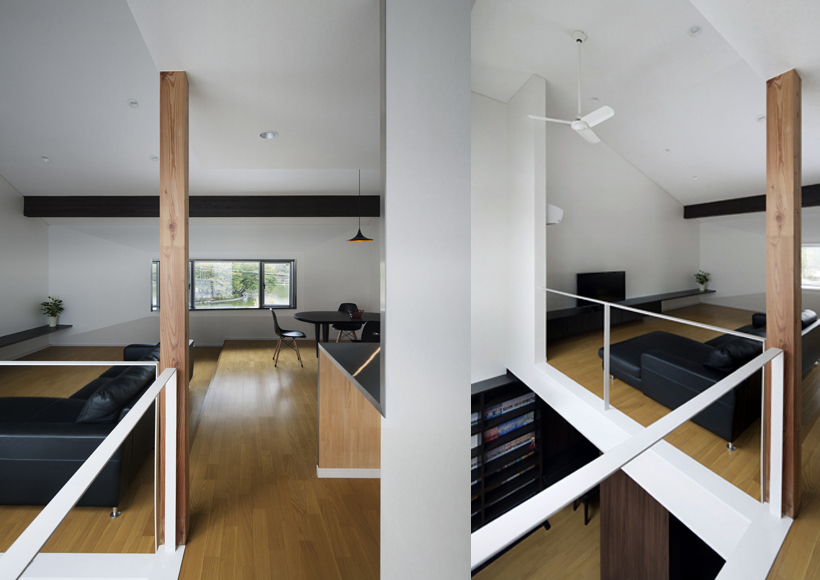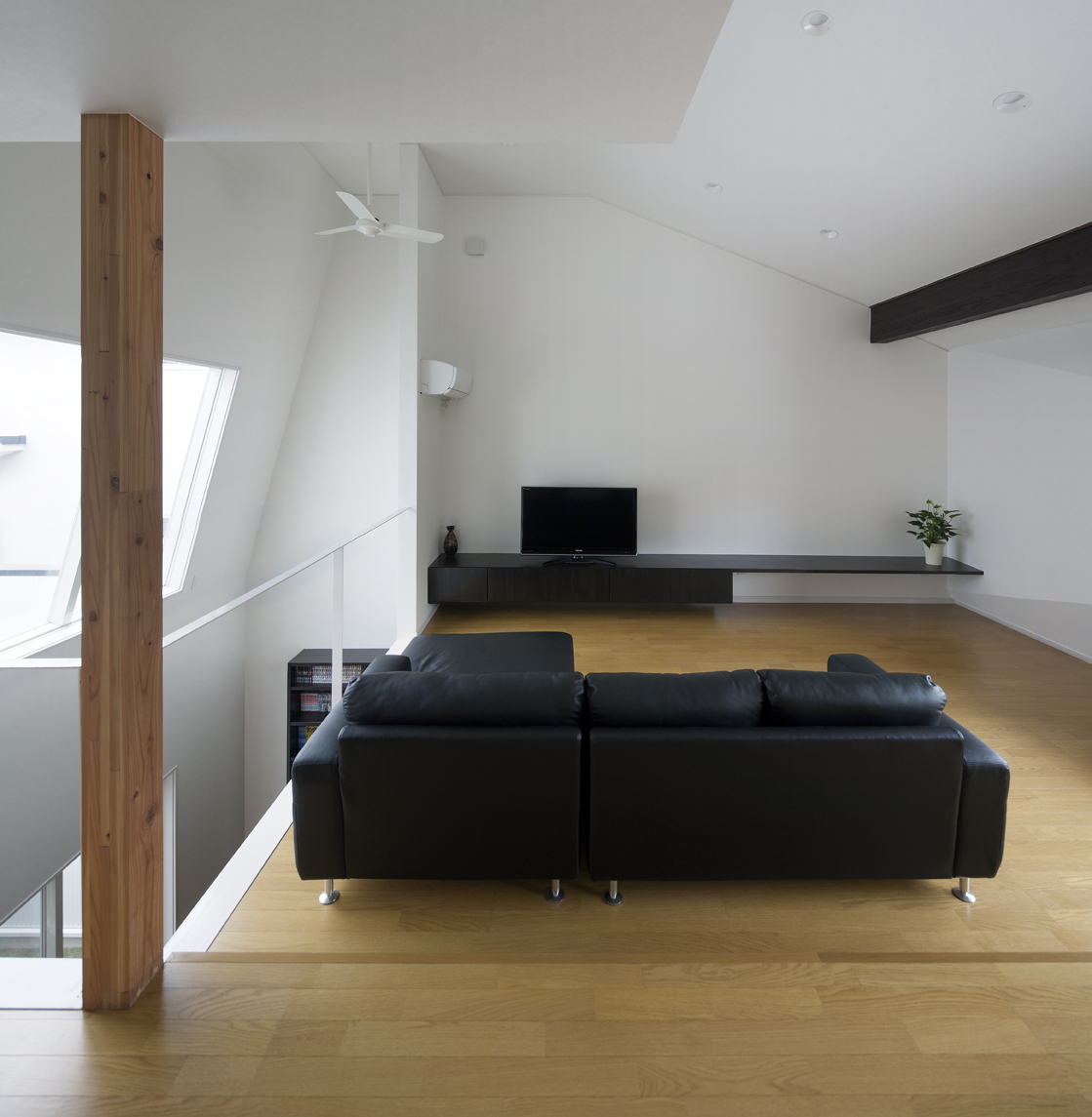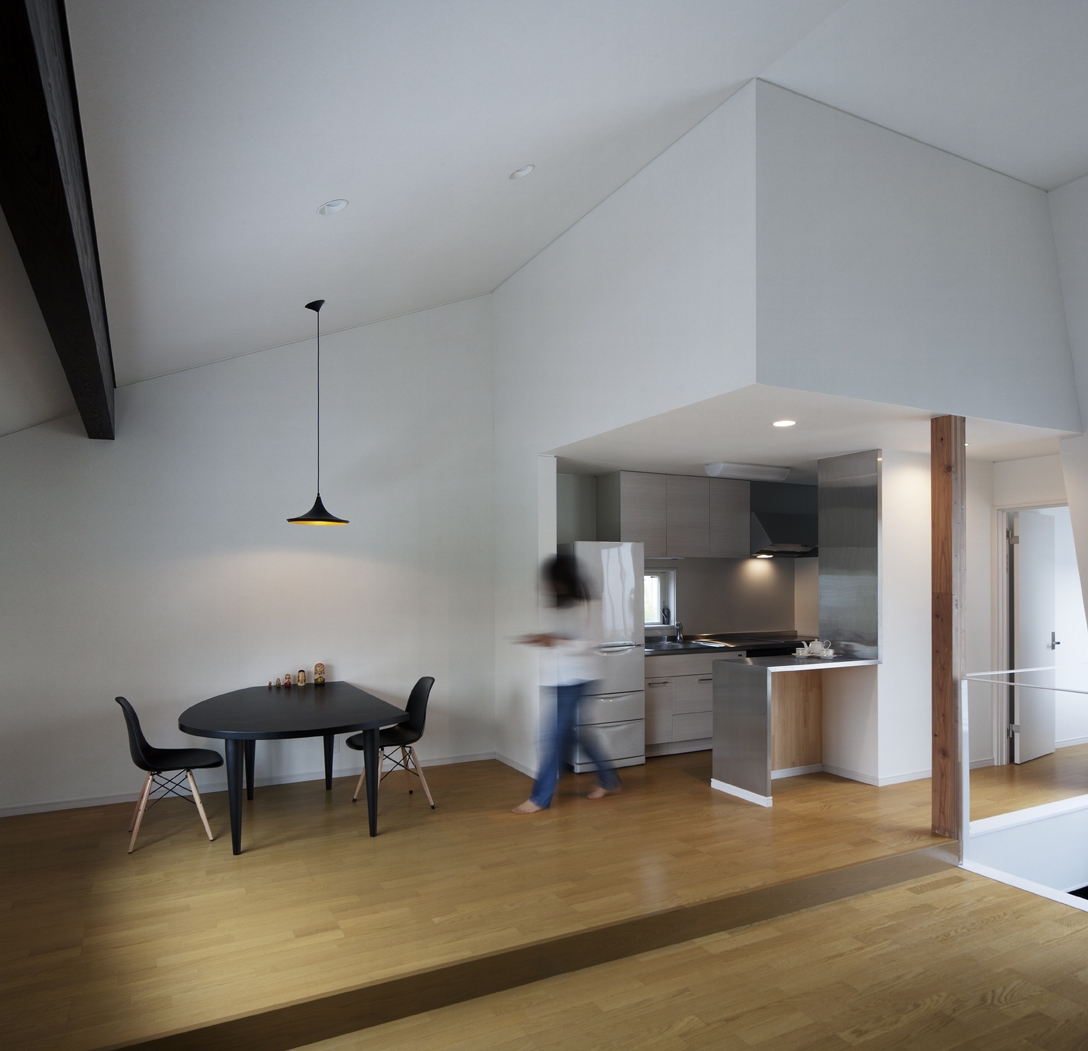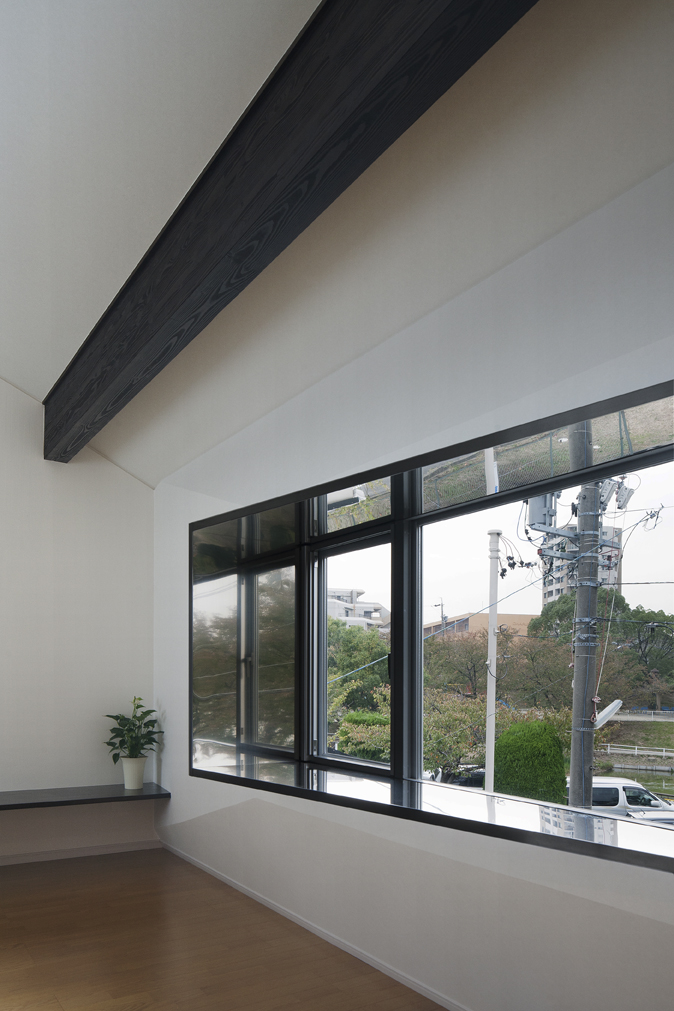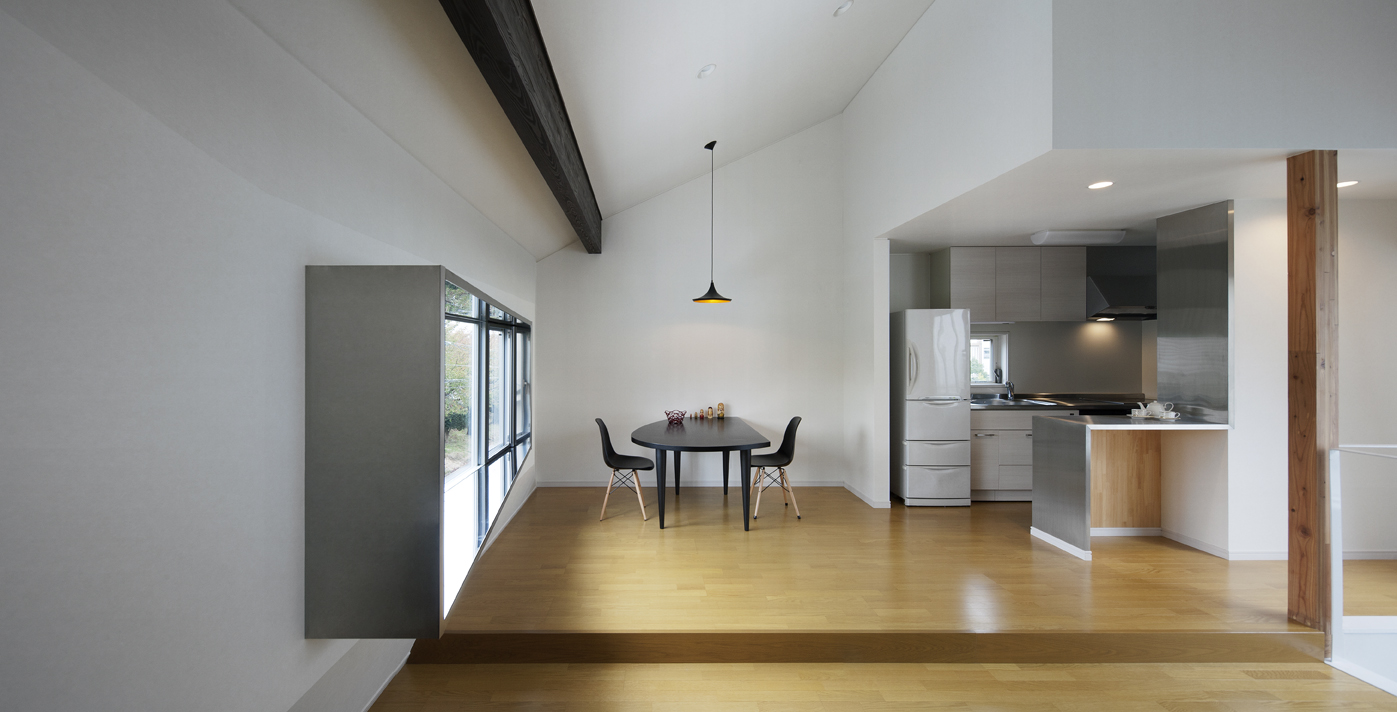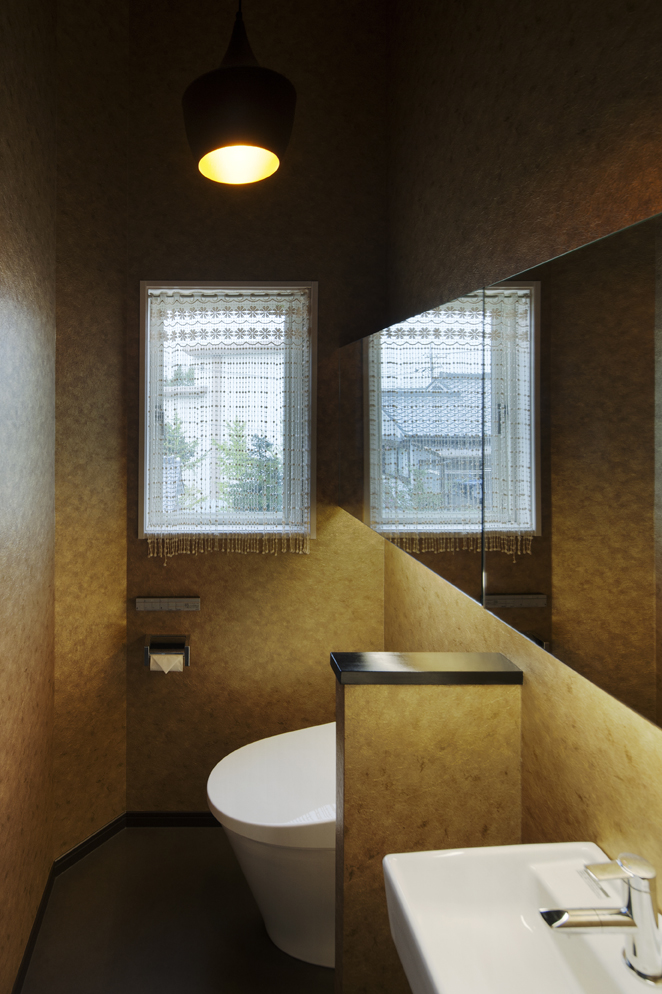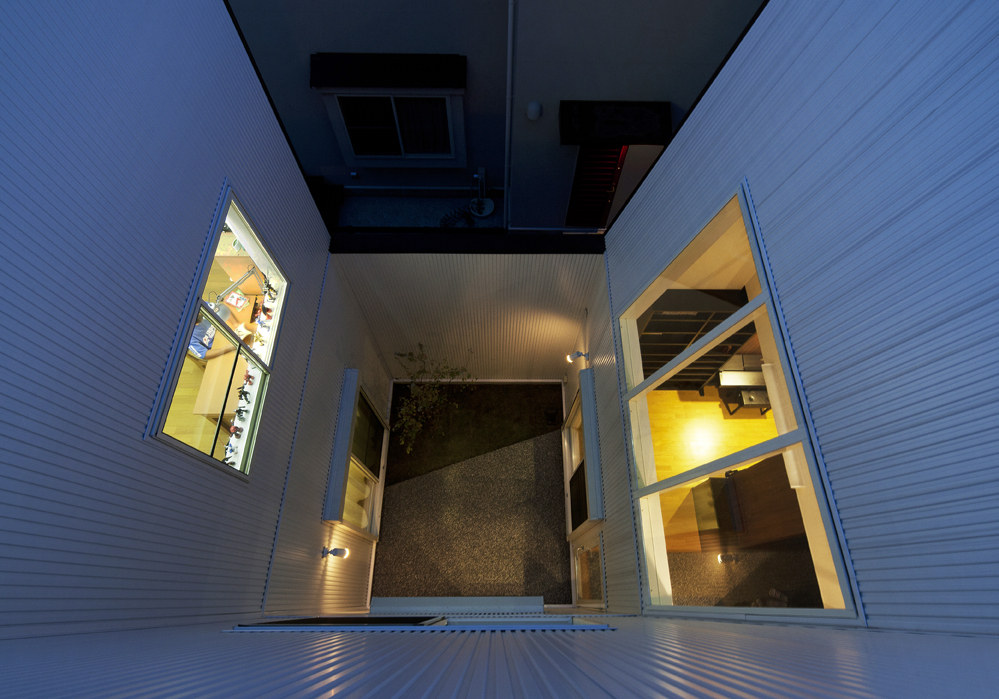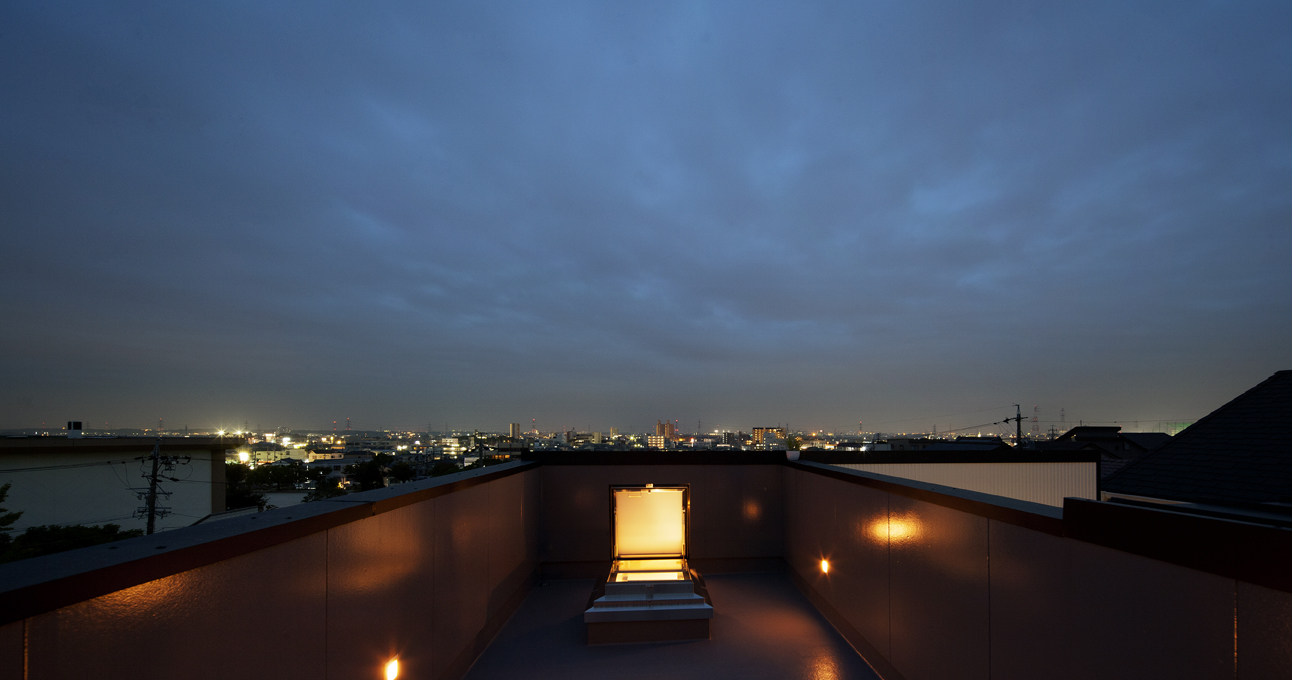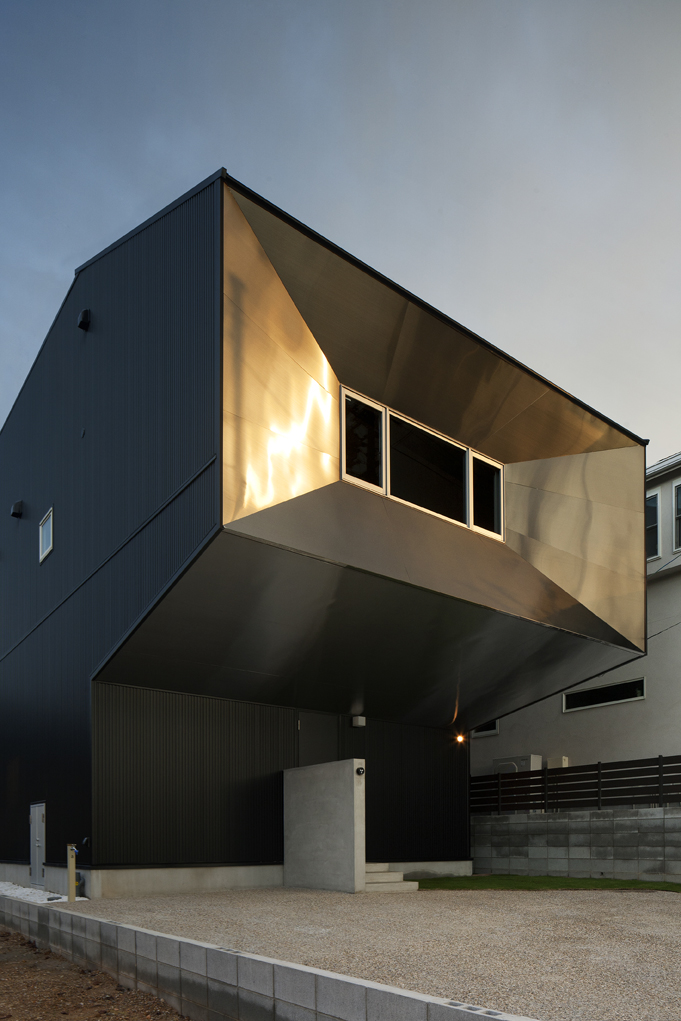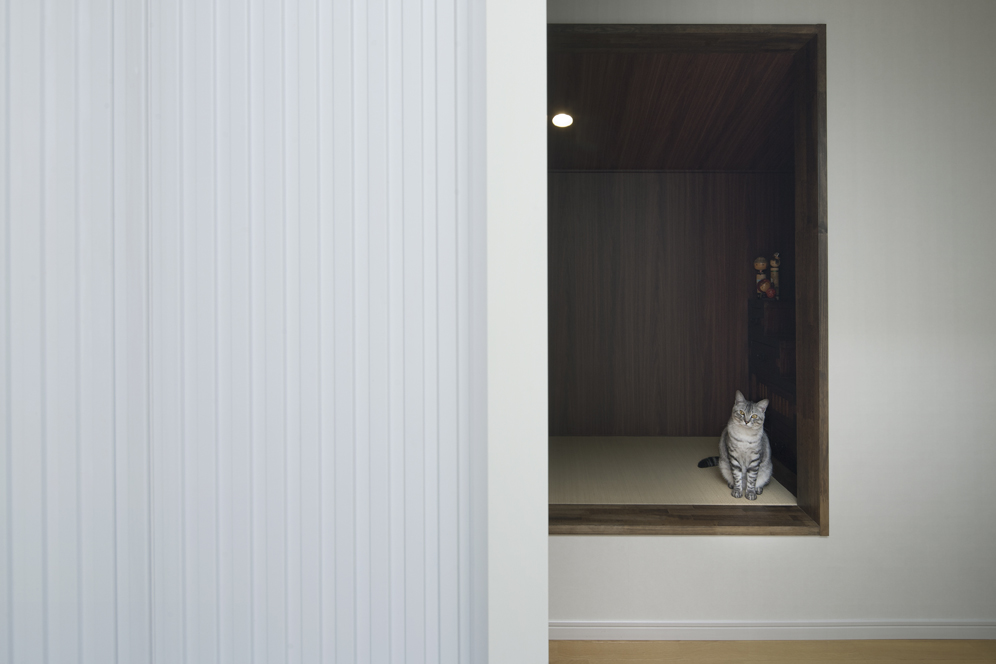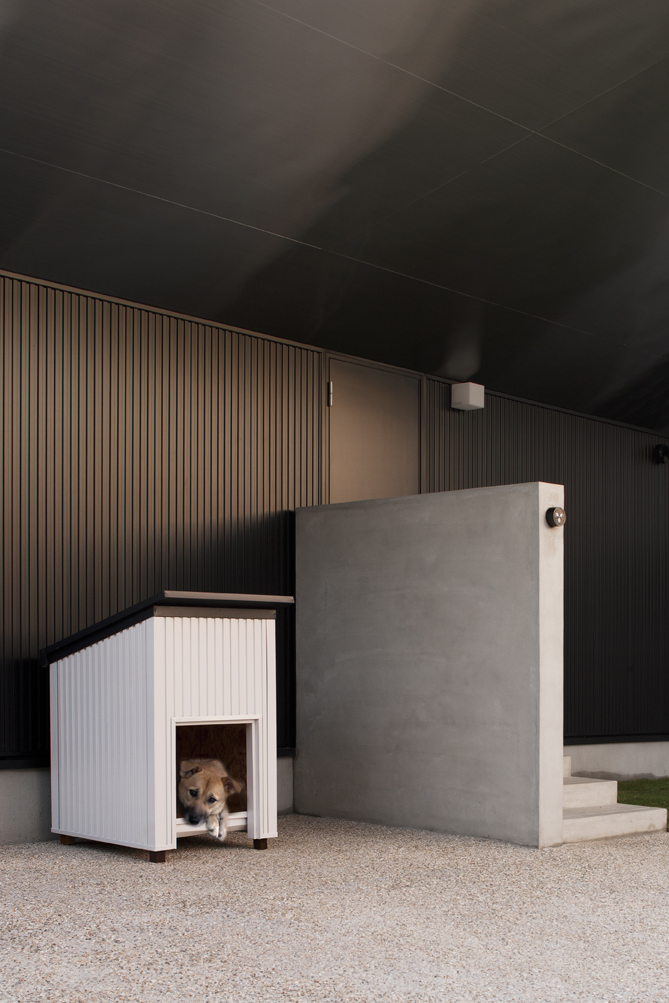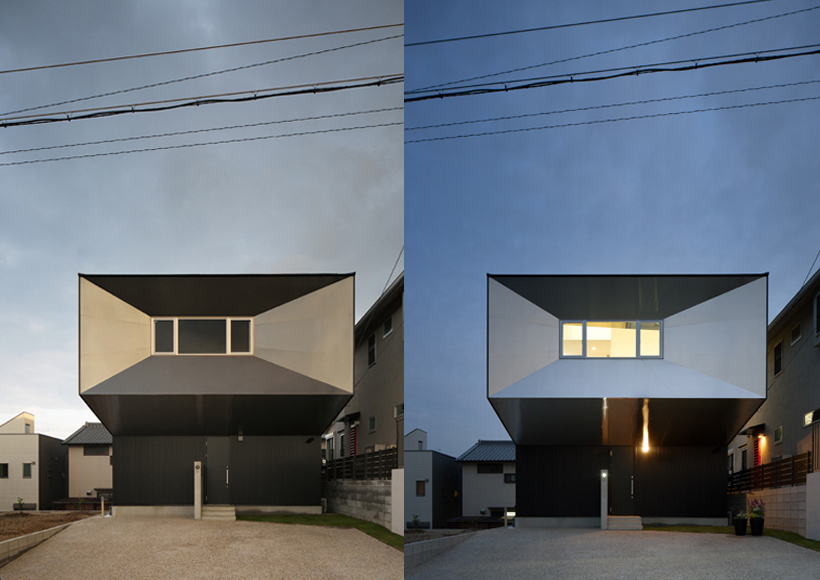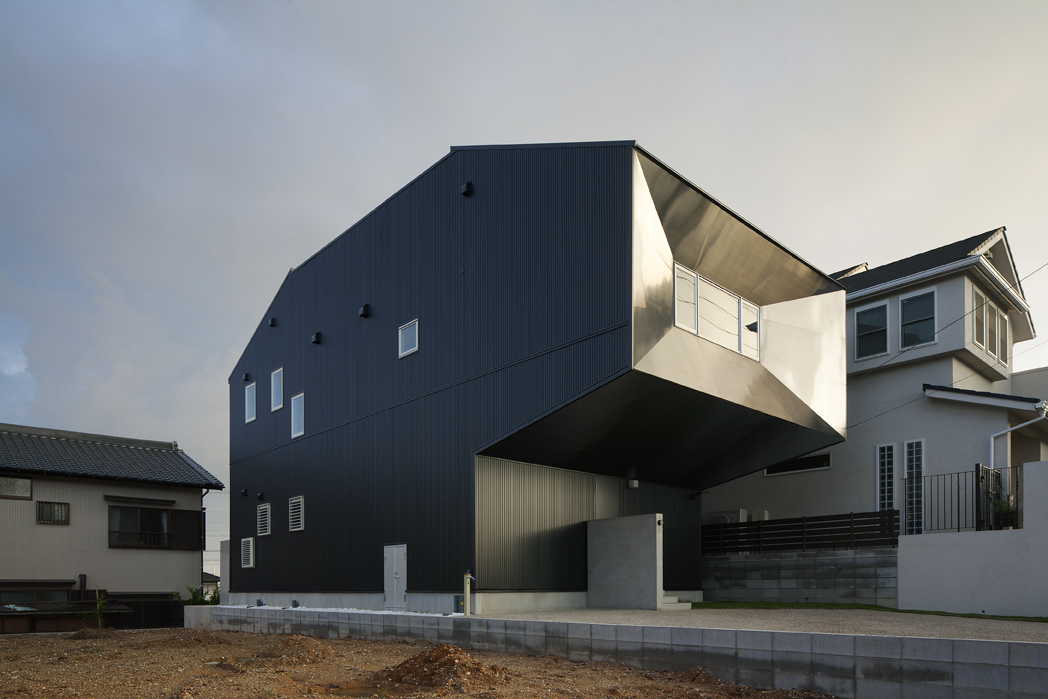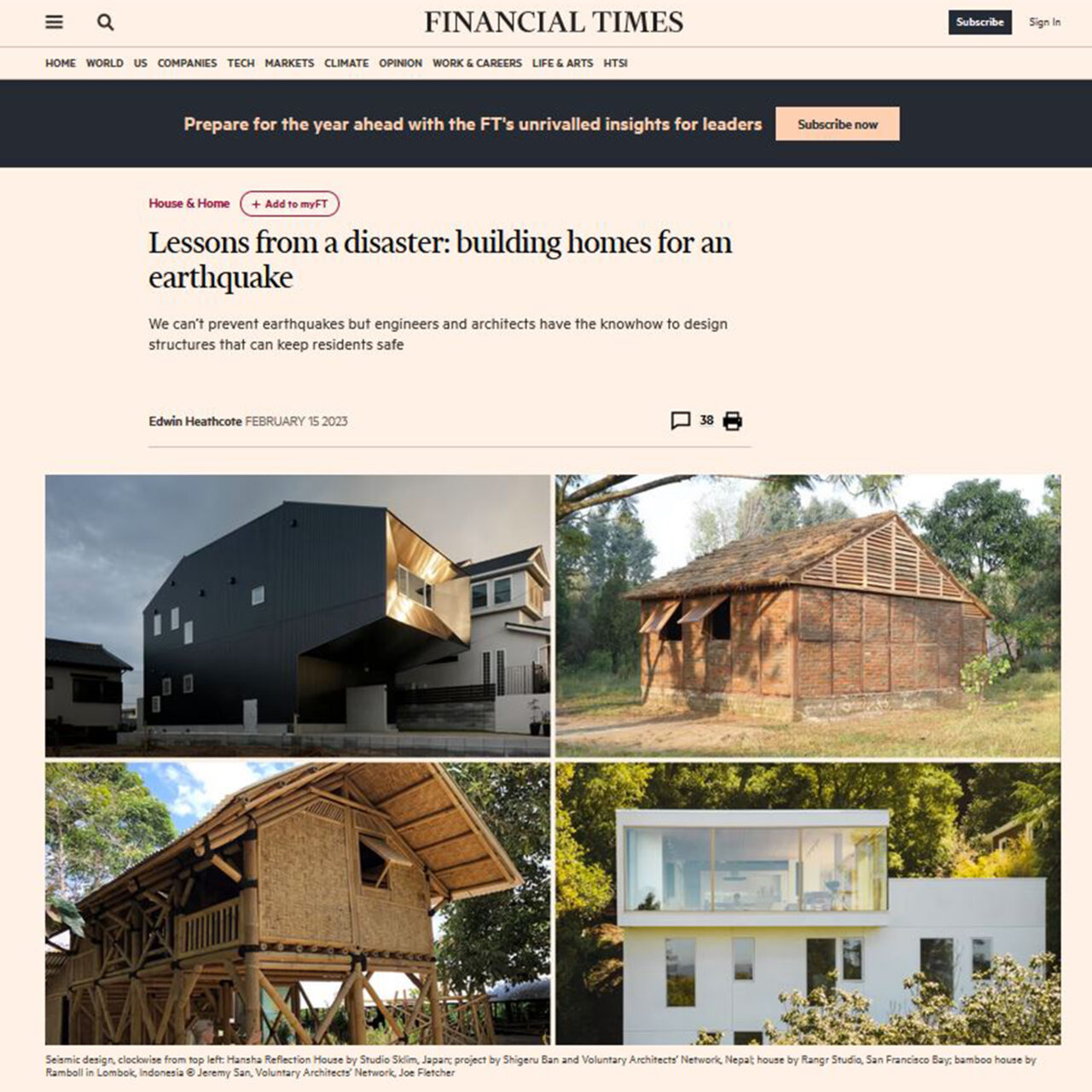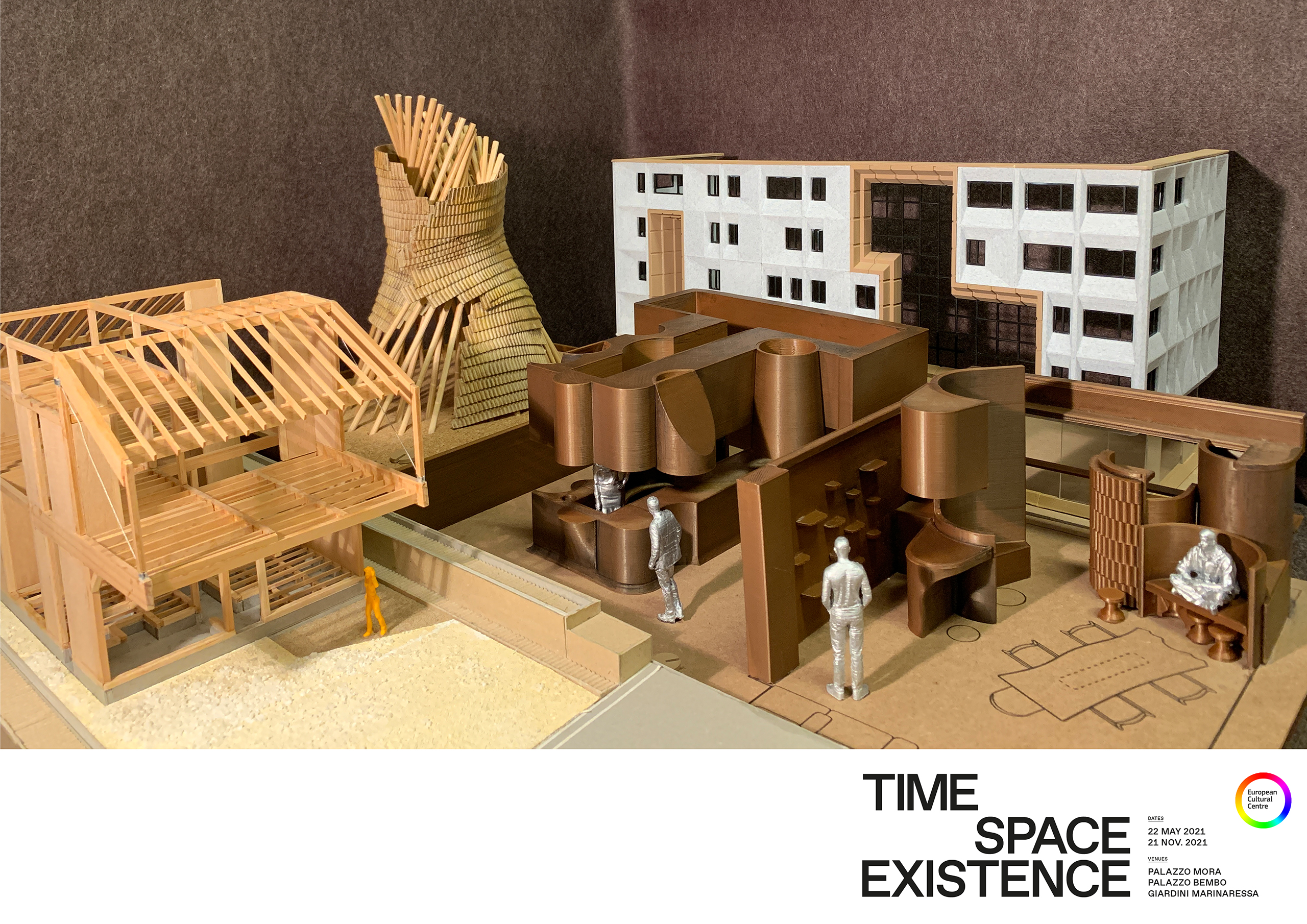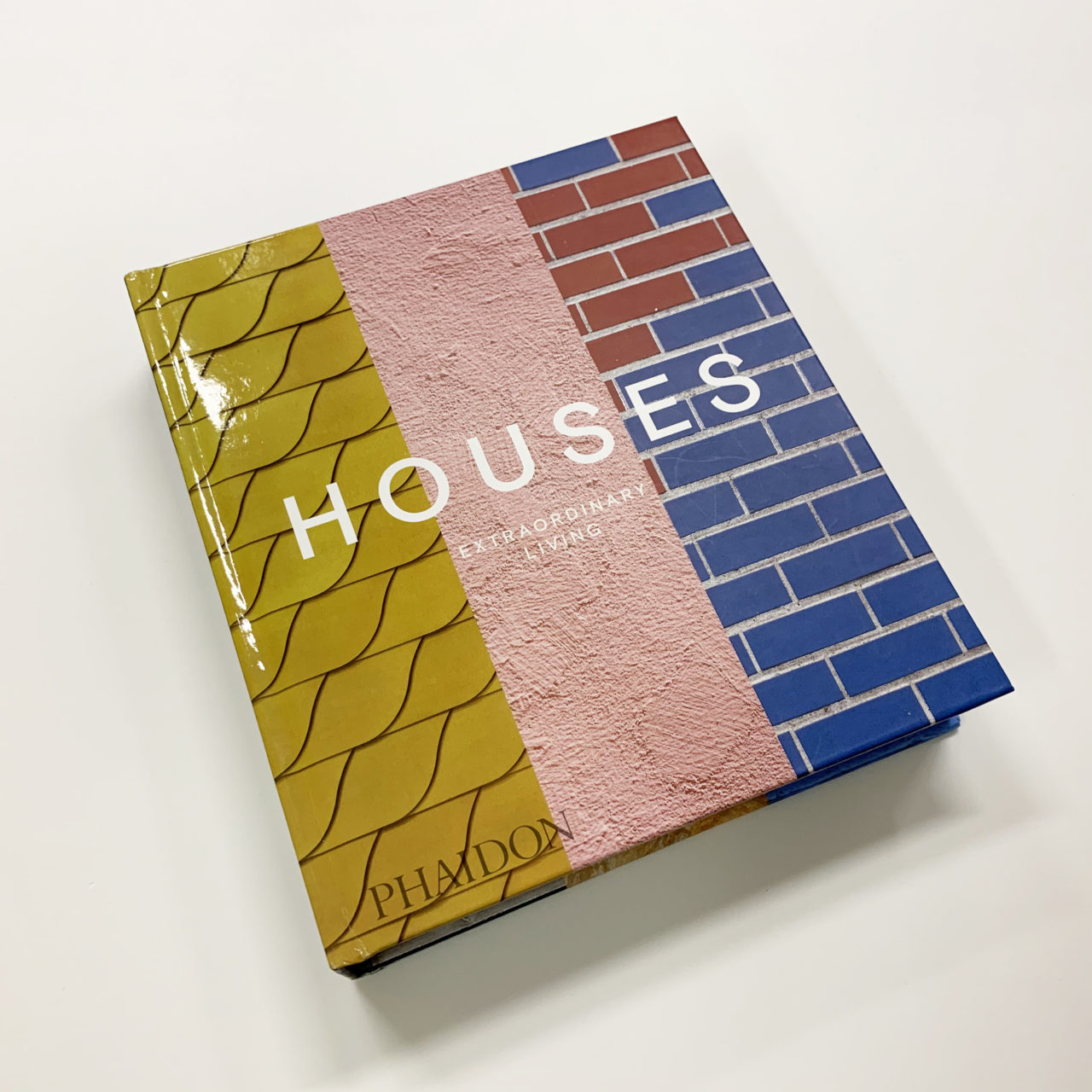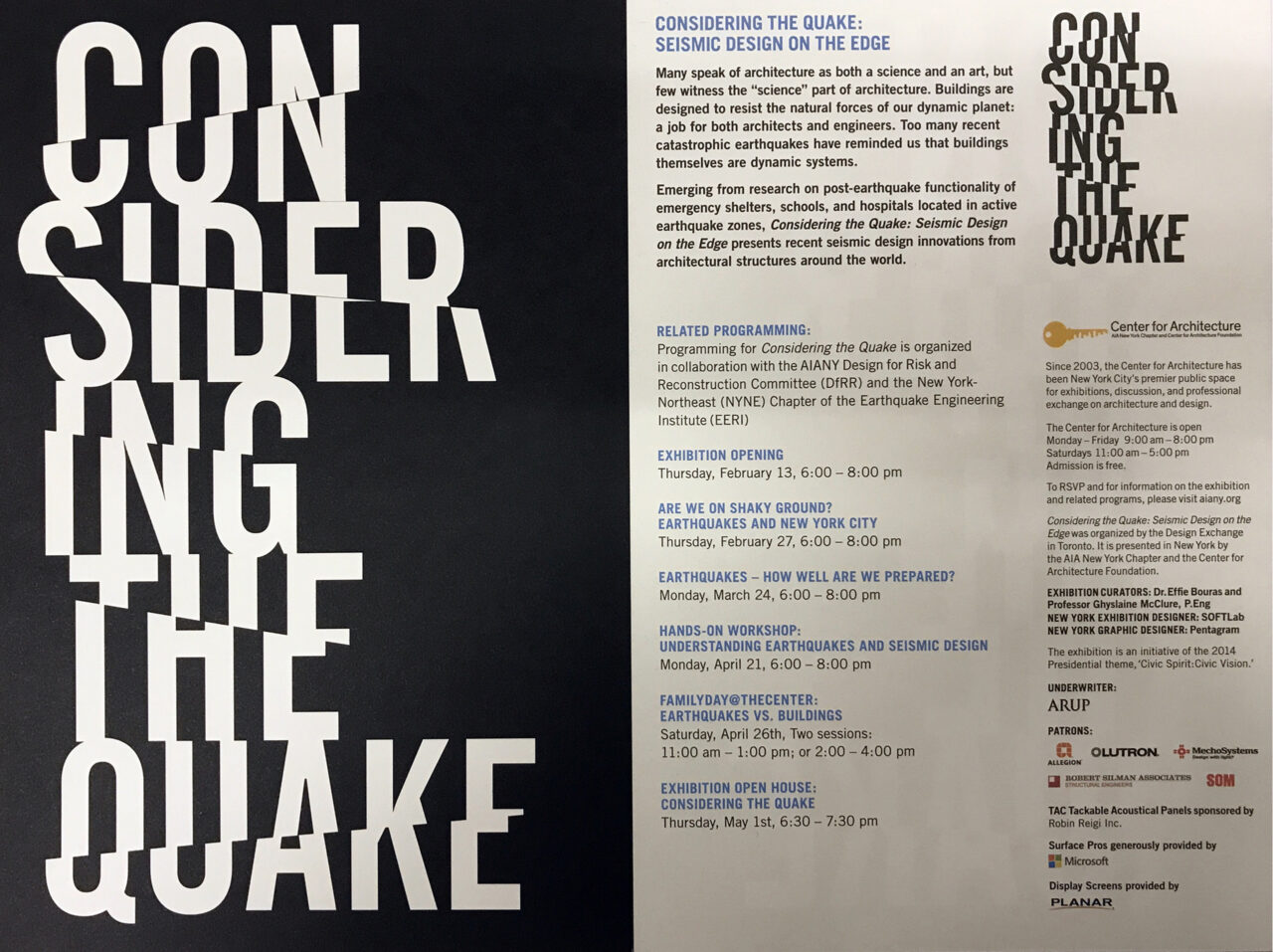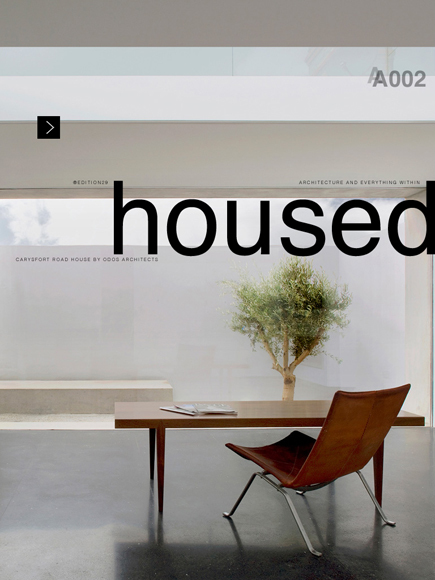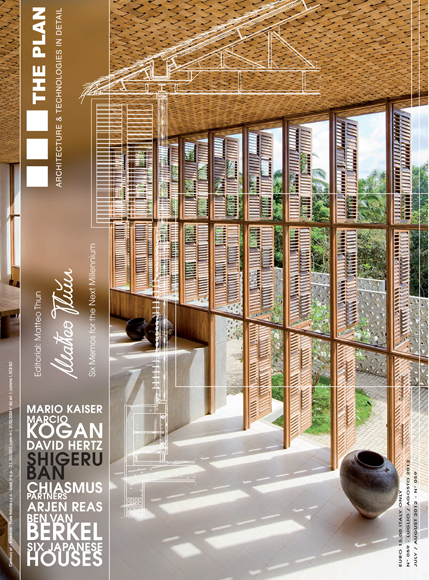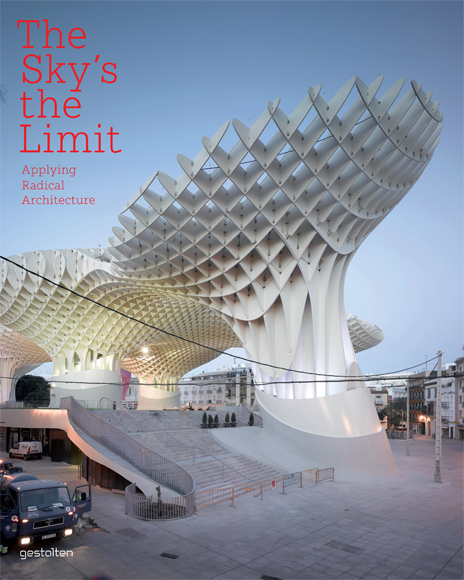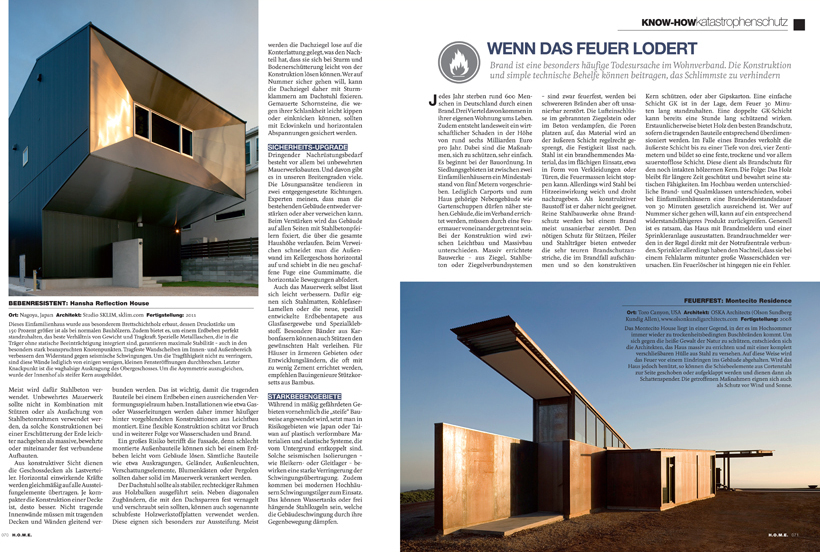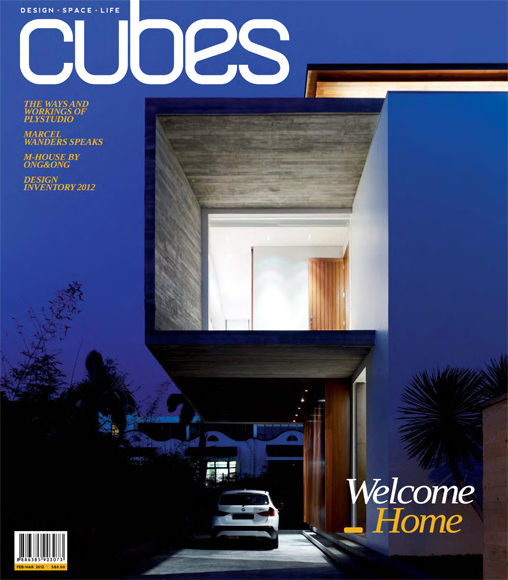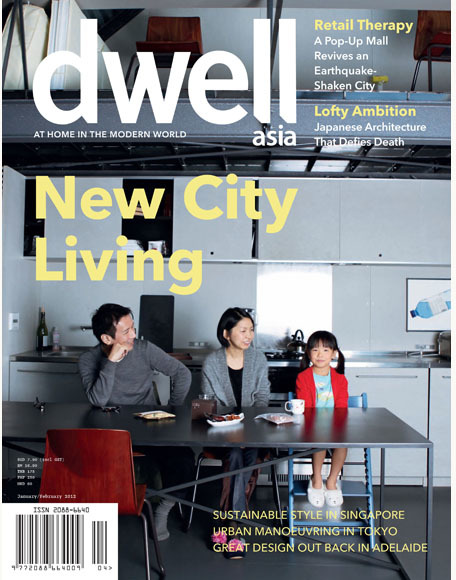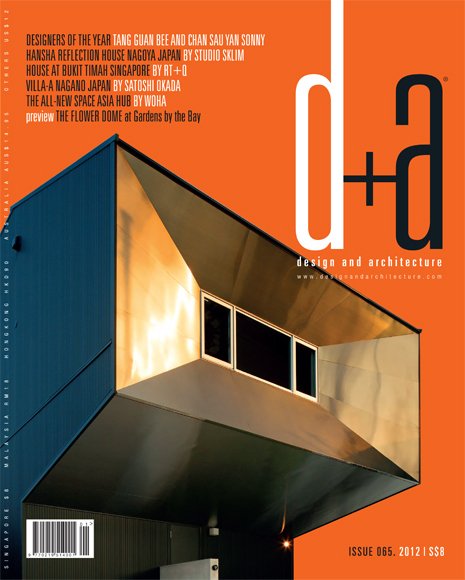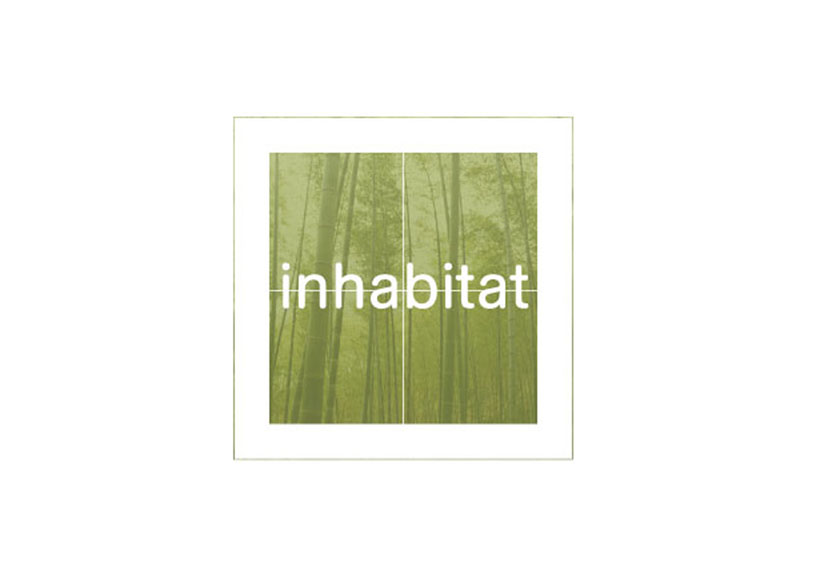2023
Financial Times : Lessons from a disaster: building homes for an earthquake
15 February 2023
Financial Times features Hansha Reflection House in this article about seismic resistant homes by Edwin Heathcote.
“In Japan, Studio Sklim’s Hansha Reflection House employed traditional Japanese carpentry techniques combined with reinforcement to create a very contemporary earthquake-resistant dwelling.”
2021
Venice Biennial Architecture Exhibition 2021 – Time Space Existence
20 May 2021
The European Cultural Centre presents the fifth edition of the extensive biennial architecture exhibition. The exhibition will open in parallel with Biennale Architettura on May 22nd, 2021 and it will run for six months until November 21th, 2021 at Palazzo Bembo, Palazzo Mora and Giardini della Marinaressa, with press previews and opening parties in each location on May 20th and 21st, 2021.
TIME SPACE EXISTENCE features completed and ongoing projects, innovative proposals, and utopian dreams of architectural expressions. Through a wide selection of projects ranging from conceptual works, models, photographs, videos, sculptures, to site-specific installations, each room will provide visitors information and inspiration on our surroundings.
By bringing together a diverse group of participants working across disciplines, the European Cultural Centre aims at stimulating an exchange among architects, universities, legendary masters, emerging studios, established global practices, designers, artists, photographers, developers, engineering companies, who together can have a crucial role in shaping the future of our living. Article about our exhibition by European Cultural Centre.
TIME SPACE EXISTENCE
(22th May, 2021 – 21st November, 2021)
Opening hours:
Palazzo Bembo and Palazzo Mora: 10:00 am – 6:00 pm. Closed on Tuesday. Free entry.
Giardini della Marinaressa: 10:00 am – 6:00 pm open every day. Free entry.
Special gratitude to our sponsors:
Shutter India Infra Projects, Vitra and Somfy.
Collaboration with Carve on Augmented Reality (AR) models.
Photo Credits: Studio SKLIM, European Cultural Centre, Federico Vespignani
YAPI Magazine – Earthquake Resistant Buildings
30 January 2021
Published by Yapı Endüstri Merkezi, Istanbul, Turkey
#462, December 2020 / January 2021
Earthquake Resistant Buildings
2019
Houses
5 May 2019
Published by Phaidon Press Ltd., USA
Phaidon Editors, ed.
2019
ISBN: 9780714878096
Explore 400 of the world’s most innovative and influential architect-designed houses created since the early 20th century
Throughout history, houses have presented architects the world over with infinite opportunities to experiment with new methods and materials for domestic living.
Houses: Extraordinary Living celebrates the incredible diversity and beauty of the house as never before, from Modernist icons to feats of technological, material, and spatial innovation in the 21st century.
The 400 houses in this collection are organized in curated pairings, with each entry featuring an evocative image and an engaging description. Styles presented include Modernism, Postmodernism, Brutalism, Regionalism, Deconstructivism, and International Style. Houses are from countries and locations worldwide that are famed for their houses, such as Australia and Japan, the Case Study Houses in Los Angeles, New Canaan in Connecticut, and Fire Island in New York.
Explore the creative imaginations of hundreds of internationally renowned architects past and present, as well as dozens of awe-inspiring houses by lesser-known and emerging talents. Iconic architects of the twentieth century, including Le Corbusier, Mies van der Rohe, and Marcel Breuer, as well as the very best of contemporary architects working around the world today, such as Tadao Ando, Grafton, and Steven Holl are included.
2 Projects awarded at A’ Design Awards 2018-2019
15 April 2019
2 of our projects have been awarded at the recent A’ Design Awards (Italy) 2018-2019. Hansha Reflection House awarded Gold in the Architecture,Building and Structure Category. Verdant Spine Office awarded Silver in the Interior Space and Exhibition Category. Links here: A & B.
2017
Black: Architecture in Monochrome
13 November 2017
Published by Phaidon Press Ltd., USA
Phaidon Editors, ed.
2017
ISBN: 9780714874722
A stunning exploration of the beauty and drama of 150 black structures built by the world’s leading architects over 1,000 years.
A visually rich book, Black: Architecture in Monochrome casts a new eye on the beauty – and the drama – of black in the built world. Spotlighting more than 150 structures from the last 1,000 years, Black pairs engaging text with fascinating photographs of houses, churches, libraries, skyscrapers, and other buildings from some of the world’s leading architects, including Mies van der Rohe, Philip Johnson, and Eero Saarinen, David Adjaye, Jean Nouvel, Peter Marino, and Steven Holl.
2015
Jutaku: Japanese Houses
1 November 2015
Published by Phaidon Press Ltd., USA
Naomi Pollock, ed.
2015
ISBN: 978-0-7148-6962-9
Frenetic. Pulsating. Disorienting. Japan’s contemporary culture is constantly in flux, with a host of new architectural practices ushering in an era of continuous experimentation.
Featuring 500 houses – one per page, one image per house – Jutaku: Japanese Houses is a fast-paced, shock to the system that shines a Harajuku–bright neon light on the sheer volume, variety and novelty of contemporary Japanese residential architecture.
Featuring the work of many of Japan’s most famous architects including Shigeru Ban, Sou Fujimoto, Toyo Ito, Kengo Kuma, Jun Igarishi, Shuhei Endo and dozens of up and coming or as yet unknown young architects, Jutaku is organized geographically, speeding readers on a bullet train journey across Japan’s architectural landscape.
2014
The Center for Architecture, New York, USA
16 January 2014
Considering the Quake: Seismic Design on the Edge explores the elegant, and oftentimes elusive intersection between the aesthetics of architectural form and the technicality of structural design, through the lens of earthquake engineering. Curated by Professor Ghyslaine McClure, P.Eng and Dr. Effie Bouras, of the McGill University Department of Civil Engineering and Applied Mechanics, this exhibition emerged from their research on the resiliency of emergency shelters and civil protection buildings, such as schools and hospitals, in earthquake zones throughout the world.
Considering the Quake: Seismic Design on the Edge
The Center for Architecture
536 LaGuardia Place
NY, USA
February 13 – May 26, 2014
2012
Extreme Homes
8 November 2012
Hansha Reflection House has been featured in an American architecture television series entitled ” Extreme Homes”. This episode will be broadcasted in North America from 8th November – 30th December, 2012.
Home and Garden Television – HGTV (US) has commissioned Pioneer Productions (UK) to capture unique residences all across the globe.
Edition29 – Housed
1 November 2012
Edition29 – Housed, an iPad based architectural magazine interviews Kevin Lim on his design thoughts and processes with regards to Hansha Reflection House. An audio clip of the interview is available from the magazine.
Design Exchange, Toronto
2 July 2012
Studio SKLIM’s Hansha Reflection House has been selected for an exhibition at the Design Exchange, Canada’s Design Museum in Toronto.
” Considering the Quake: Seismic Design on the Edge exhibition, opening at the Design Exchange during the week of the Toronto International Film Festival, will feature recent cutting-edge building projects from some of the most innovative architects and engineers, as seen through the lens of earthquake engineering.
International in scope, projects are culled from throughout the world, with Architects and Engineers featured including Office for Metropolitan Architecture‘s groundbreaking Taipei Performing Arts Center, their newly opened CCTV in China and others; Daniel Libeskind‘s Contemporary Jewish Museum in San Francisco; Japan’s Studio SKLIM‘s earthquake proof House; Arup Engineering, featuring their illustrious Olympic water cube, the site of an unprecedented collection of swimming records and venue for aquatic events of the 2008 Beijing Olympics, their York University subway project in Toronto with Foster and Partners Architects and other ARUP projects; a housing prototype in the Santa Monica mountains, by Los Angeles’ Predock Frane Architects; a house rebuilt on the site of a catastrophic earthquake by Chilean architects Pezo von Ellrichshausen and University of Toronto’s team of recent PhD graduates whose firm, Cast Connex, is now among the leaders of seismic technology, with projects including the World Trade Center 3 building and the Whitney Museum of American Art in New York City. These, along with several other original projects will be accompanied by full-scale seismic technology, architectural and structural models, renderings, computational animations, and other multimedia platforms.
The exhibition is curated by Dr. Effie Bouras, postdoctoral fellow, and Professor Ghyslaine McClure, P.Eng of the McGill University Department of Civil Engineering and Applied Mechanics.”
Considering the Quake: Seismic Design on the Edge
Design Exchange
Toronto, Canada
13th September – 13th November 2012
The Plan
30 June 2012
Published by Centauro srl, Italy
#59, July/August 2012
6 Japanese Houses
“These six Japanese houses explore different lifestyle concepts in urban and rural settings. The projects present a varying weave of geometries and volumes to cater for a wide range of occupant requirements…the Singapore-based architect practice, designed this residence known as the Hansha Reflection House. The cantilevered living area on the upper floor reaches out towards the park, its large asymmetrical picture window protruding into the room. The telescope-effect this produces brings the natural environment right into the room.”
Download PDF here.
The Sky’s the Limit – Applying Radical Architecture
13 June 2012
Published by Die Gestalten Verlag , Germany
R. Klanten, et.al.
May, 2012
Hansha Reflection House is featured in Gestalten’s latest architectural publication “The Sky’s the Limit – Applying Radical Architecture”. Other featured projects in this publication include works by Zaha Hadid, UN Studio, Toyo Ito amongst others.
“The Sky’s the Limit serves as a compelling and international exploration of these seemingly impossible, yet surprisingly practical structures and spaces by both young and established talents. Within the book, spectacularly formed permanent buildings mingle alongside expressive interiors and exteriors for both temporary projects and urban interventions.”
“This monolithic residence derives its striking exterior from the programatic needs of the interior. After carving out space for the courtyard, parking of three cars, and a roof deck, the mass is chiseled further to accommodate the structure, daylight, ventilation, and optimal views. With an extensive 3.2 meter wooden cantilever, the house shrugs off the formal expectations of a traditional box dwelling. A centrally-placed window nestles itself into the center of this cantilever, pulling the surrounding surfaces inward while directing views outward.”
Emporis “10 Spectacular Japanese Design”
27 April 2012
Emporis selects Hansha Reflection House as one of 10 spectacular architecture designs in Japan.
“The worldwide editors of Emporis have chosen 10 buildings in Japan for their spectacular architecture. The structures impress not only in their appearance, but also for their design philosophy, ingenuity and interesting use of materials.”
Download PDF here.
HOME
15 March 2012
Published by Ahead Media GmbH, Germany
#3/12, March 2012
Rettende Mauern – Saving Walls
Hansha Reflection house is featured in an article on design architecture that responds to both natural and man-made calamities.
Download PDF here.
Cubes
28 February 2012
Published by Indesign Media Asia, Singapore
Feburary/March, 2012
Pragmatism with a Twist
” Lim sees the house as being something ‘between Japanese and foreign,’ and the approach with which he sculpted it is fascinating for its considered manoeuvres. ”
Download PDF here.
Dwell Asia
19 January 2012
Published by New Media Investments (Asia), Singapore
Vol.2 #04, January/Feburary, 2012
Looking Back
“Harnessing existing environmental dynamics, the architects have succeeded in fashioning a home that in both physical and metaphysical senses, functions as a mirror for its surroundings.”
2011
Yatzer features Hansha Reflection House
21 December 2011
Hansha Reflection House on Yatzer.com. View entry here.
D+A
19 December 2011
Published by Key Editions Pte Ltd, Singapore
#65, December/January, 2011/2012
A House Seen and Seeing
“Leaving this house, you have no doubt Studio SKLIM has aimed even further beyond. An Architect’s paean for artistry of human life and mental values, this rarefied pursuit to capture the subliminal Art of human “Reflection” stands clear to you. Architecture can be lived in, moved around in, and simultaneously ignored (cultural theorist Frederic Jameson). “
Download PDF here.
Frameweb.com features Hansha Reflection House
13 December 2011
Top 10 Japanese Houses. Hansha Reflection House on Frameweb.com. View entry here.
ArchDaily features Hansha Reflection House
24 November 2011
View here.
Inhabitat features Hansha Reflection House
19 November 2011
Hansha Reflection House on Inhabitat.com. View entry here.
Shimmery Hansha Reflection House thinks outside the Japanese box
“We love the minimalism and space management of Japanese homes, but we have definitely noticed a trend towards standard boxy designs. The shimmery Hansha Reflection House overlooking the Misakimizube Koen Park seeks to shatter the status quo with a reflective facade and hybrid building techniques… But the most interesting aspect of the Hansha Reflection house, which refers to the shiny exterior reflecting the surrounding landscape and vice versa, lies in the designer’s choice to combine mortice and tenon jointing with steel bracketing to give strength to the timber sourced from renewable forests. This combined with the unique facade give this home a handsome edge over the standard white box!”
Dezeen features Hansha Reflection House
15 November 2011
Hansha Reflection House on Dezeen. View entry here.
